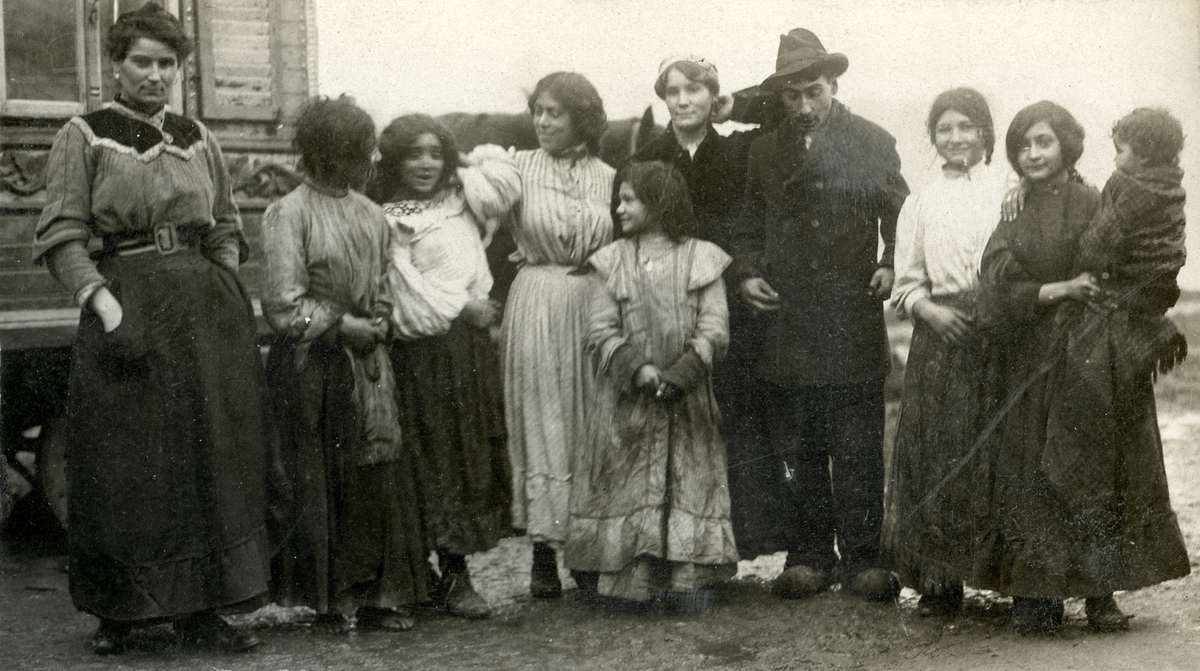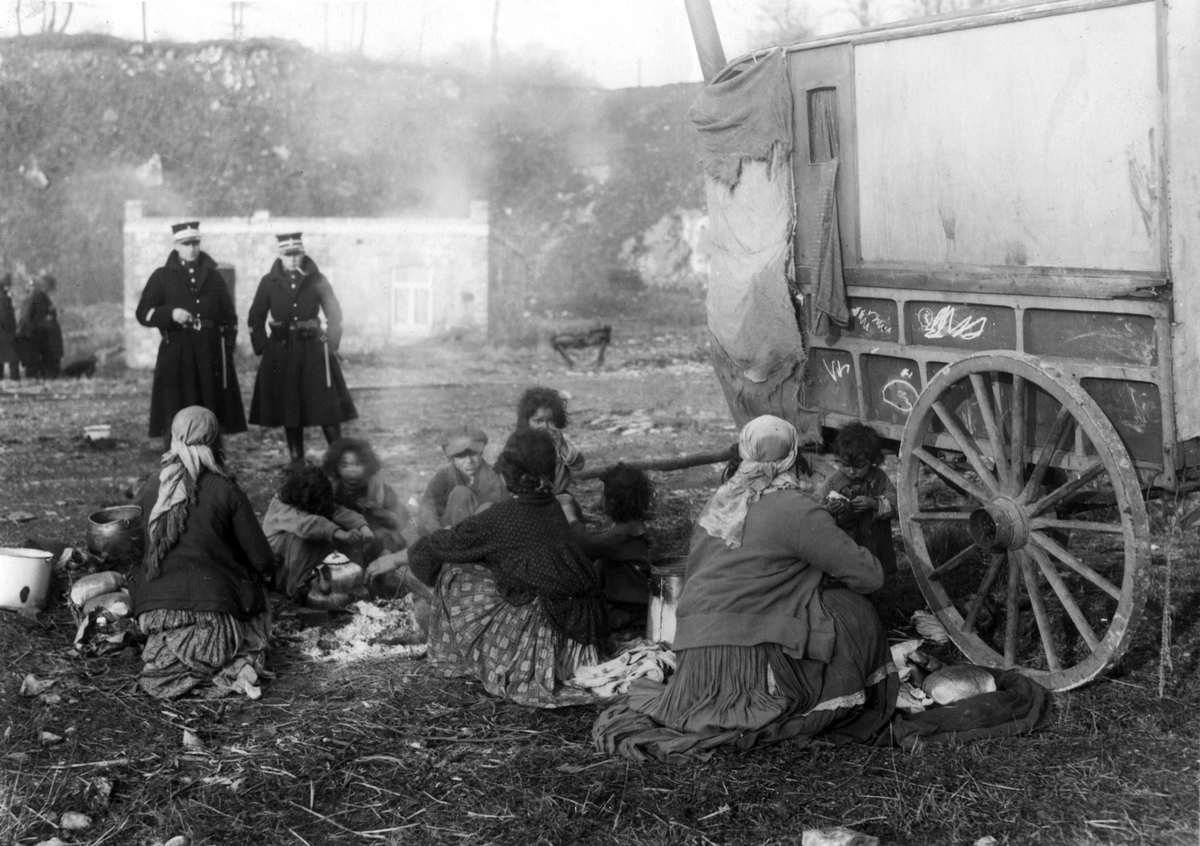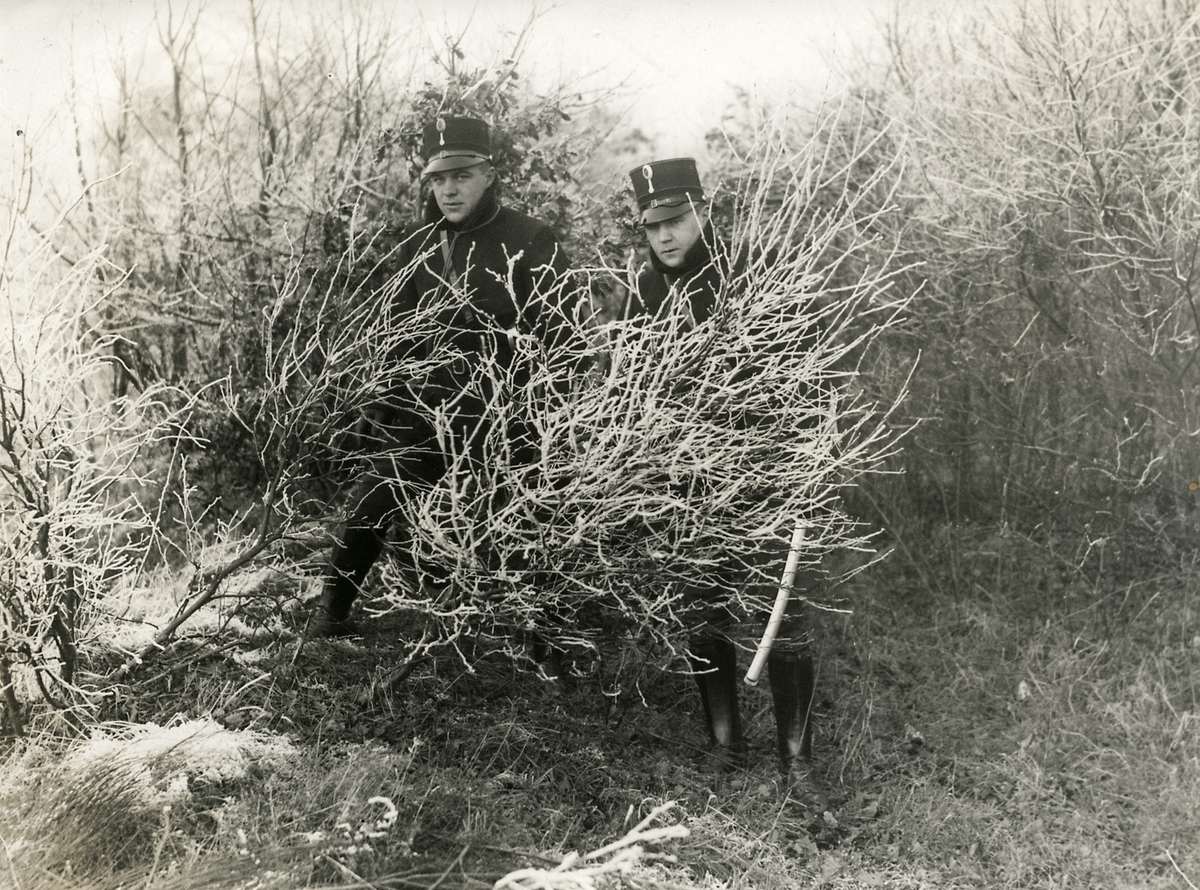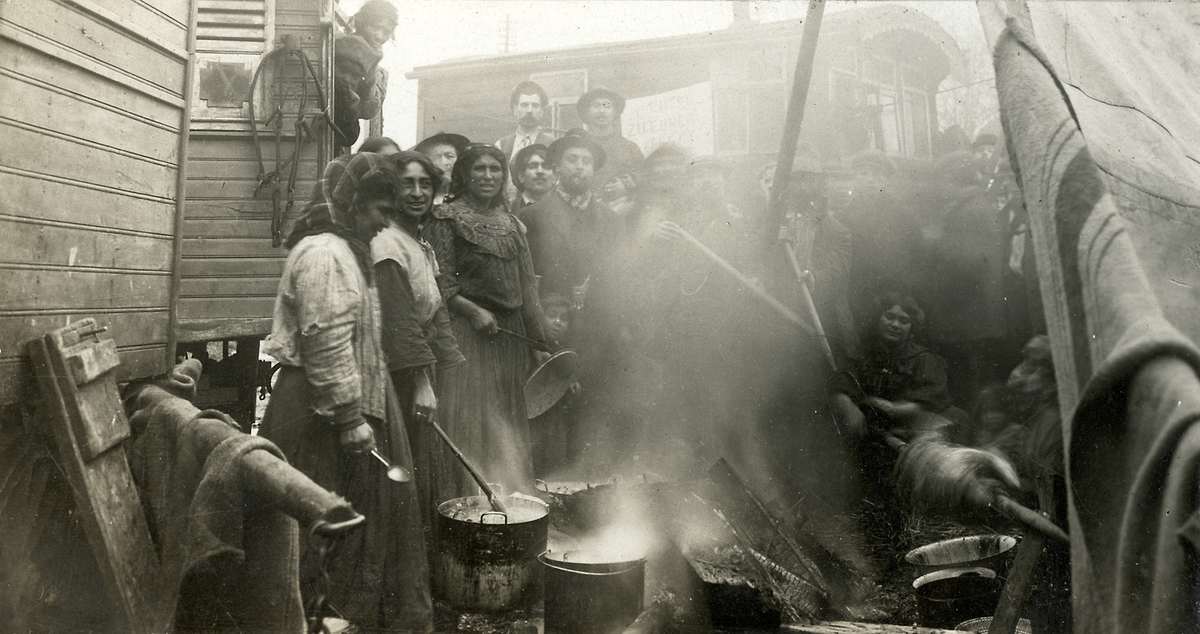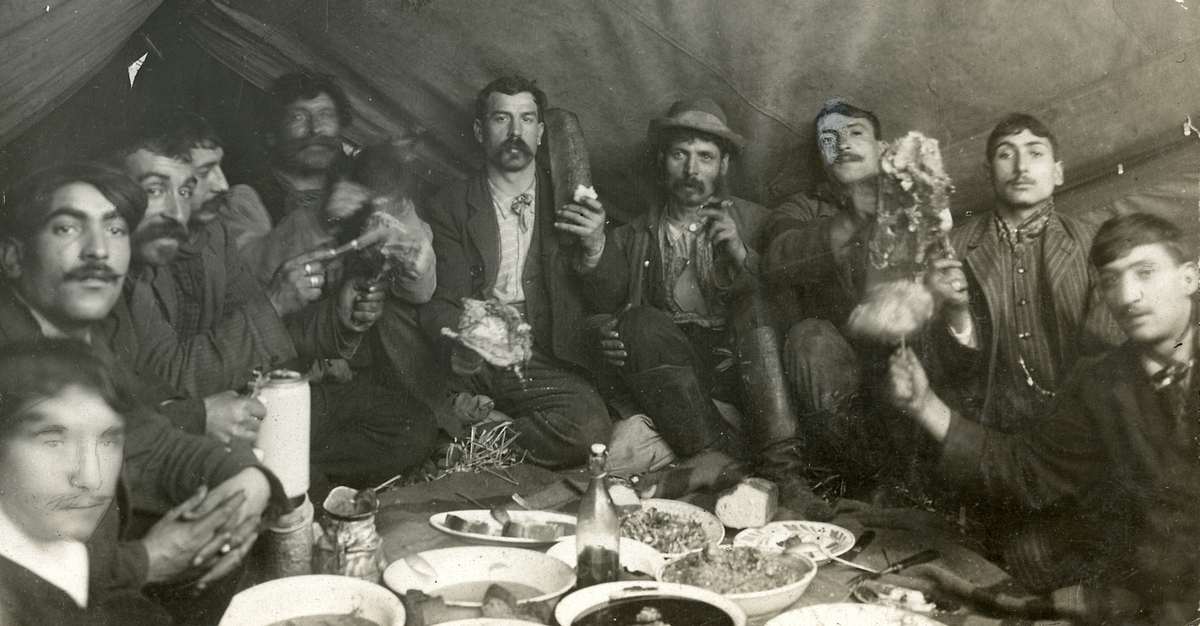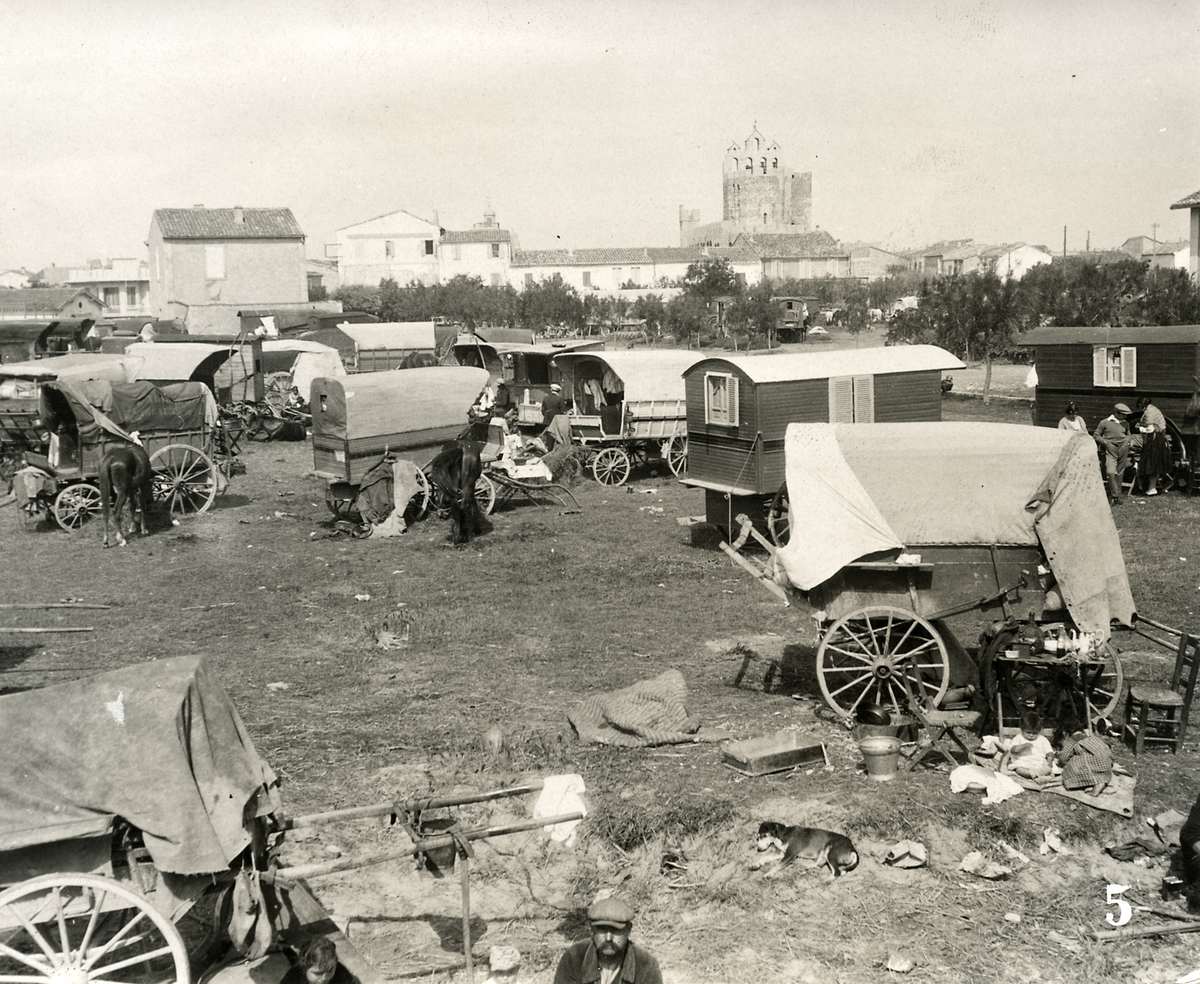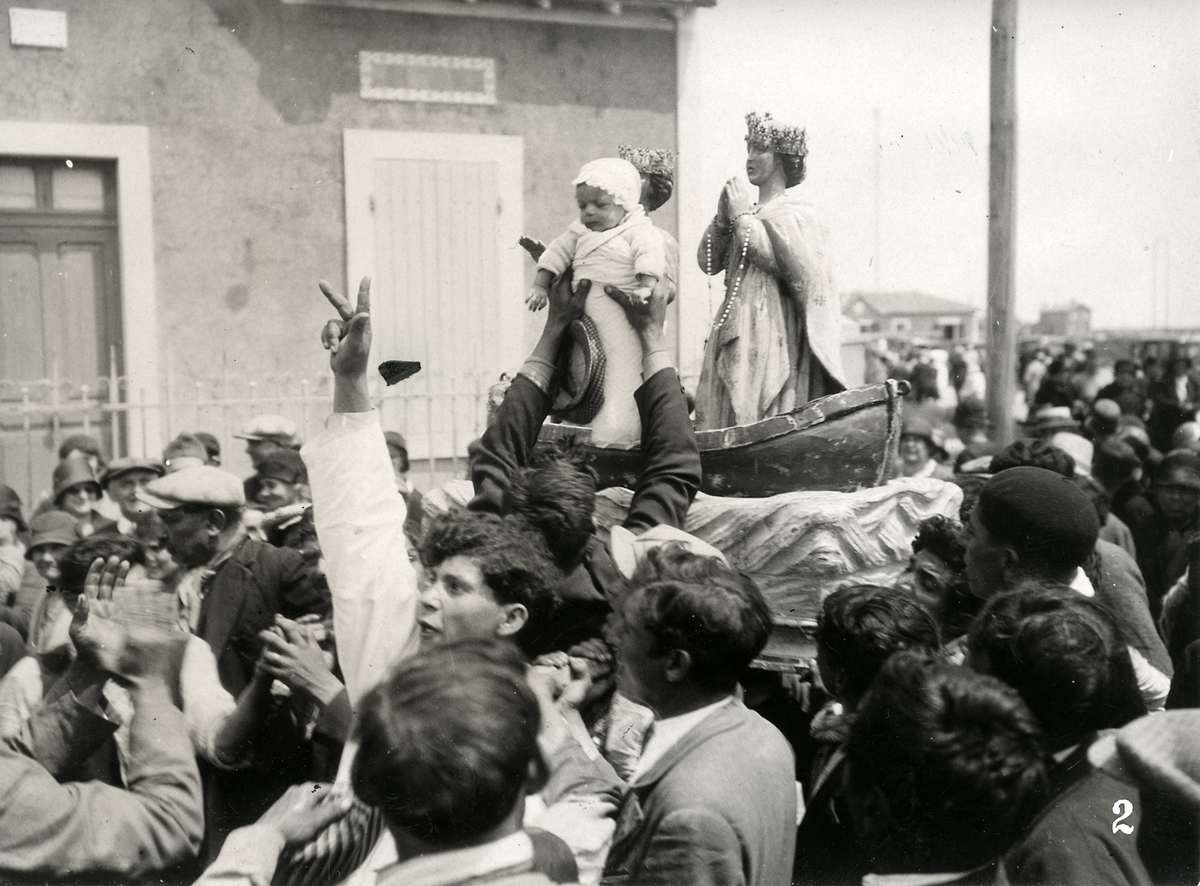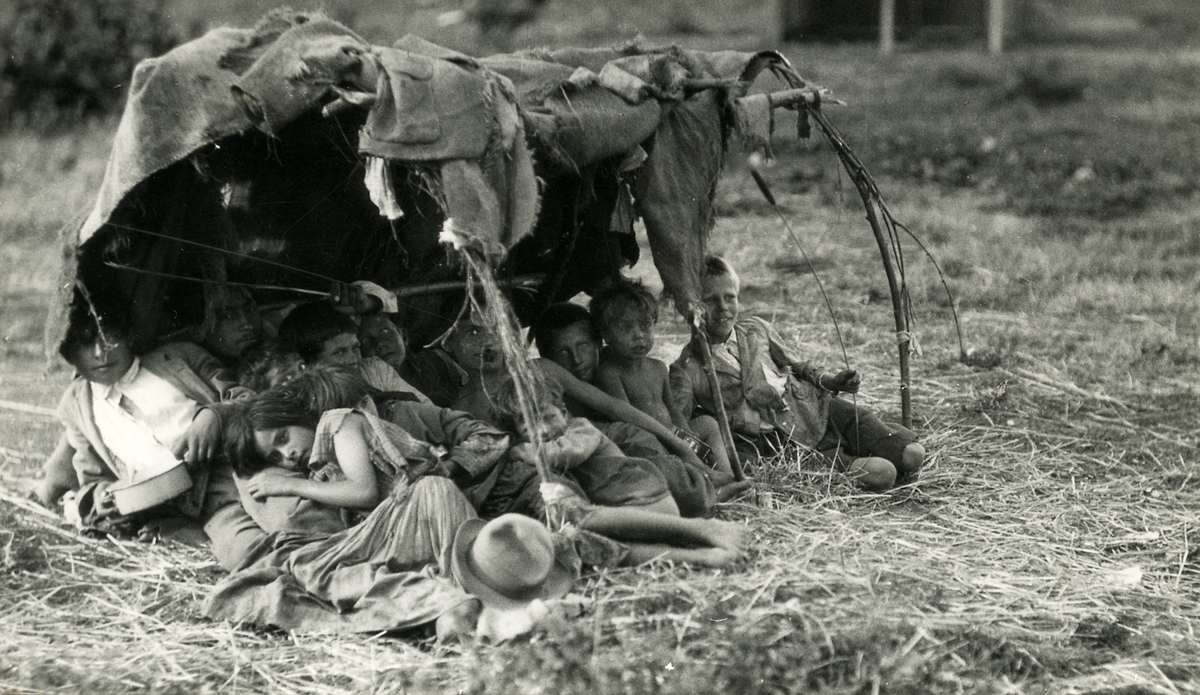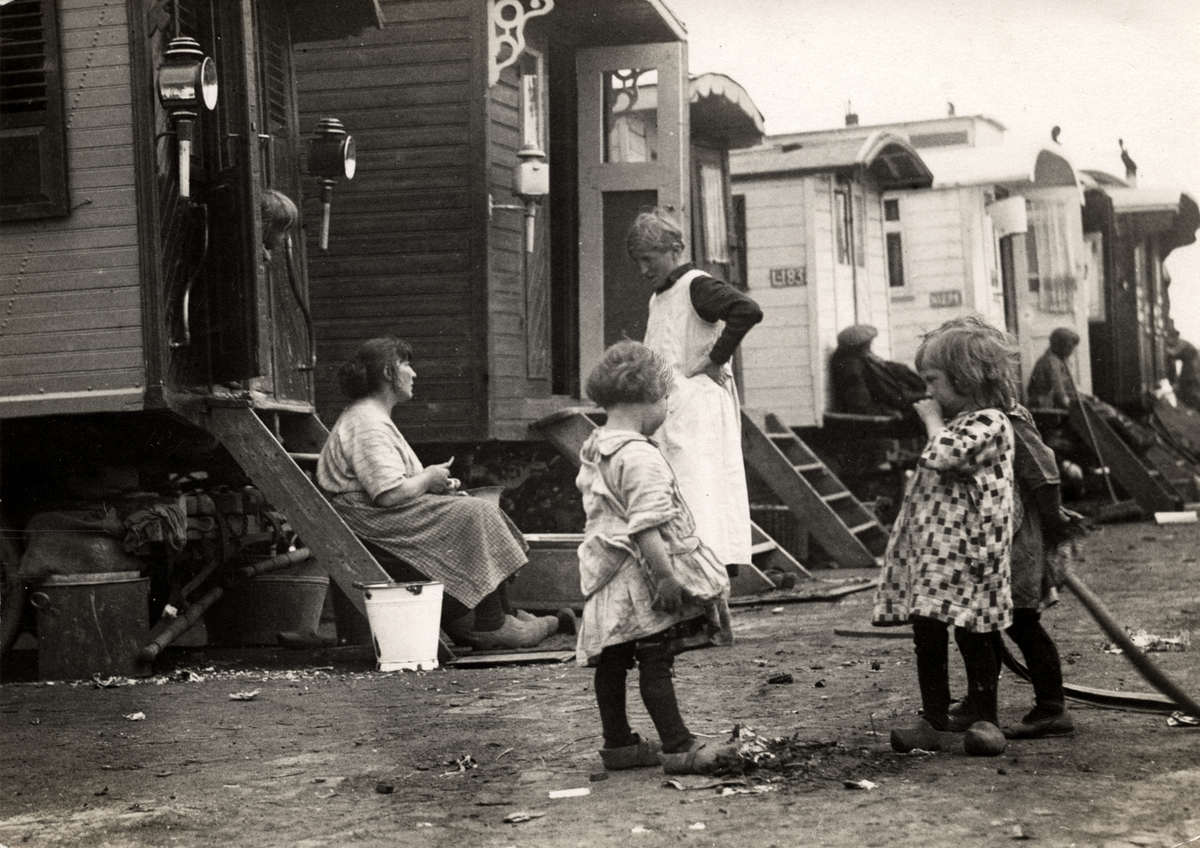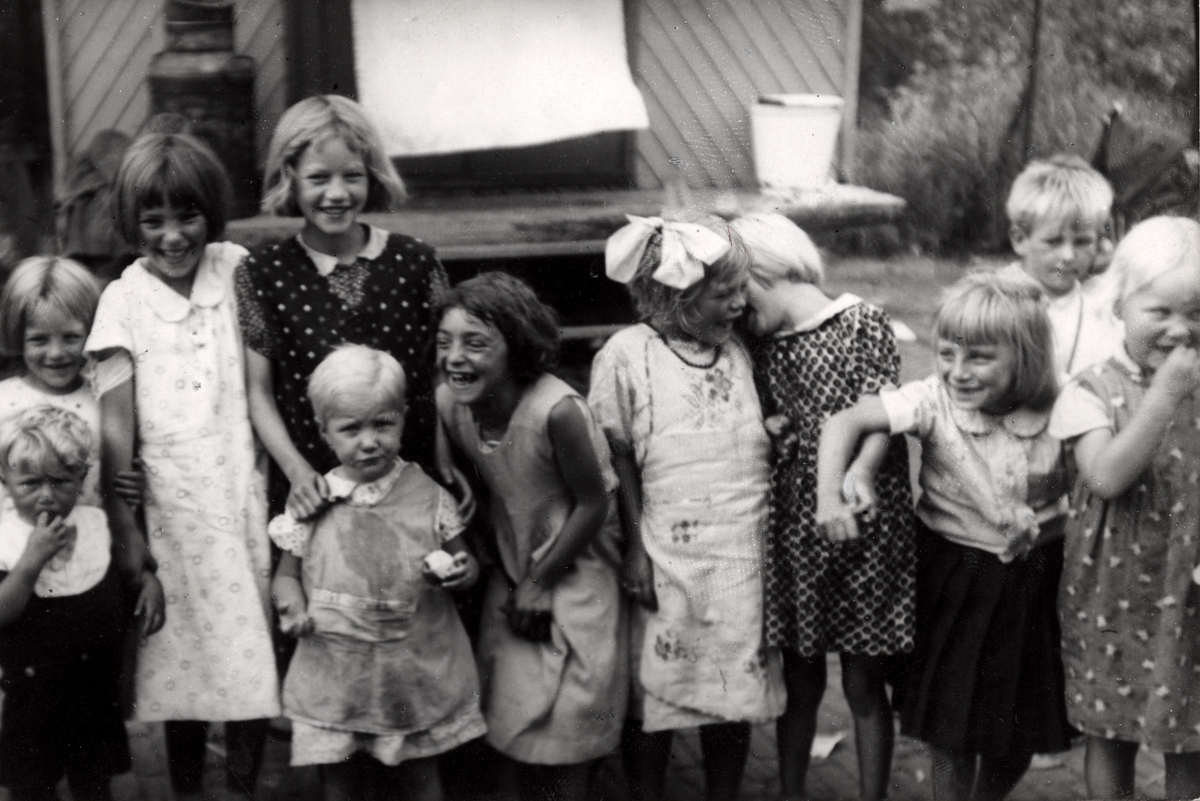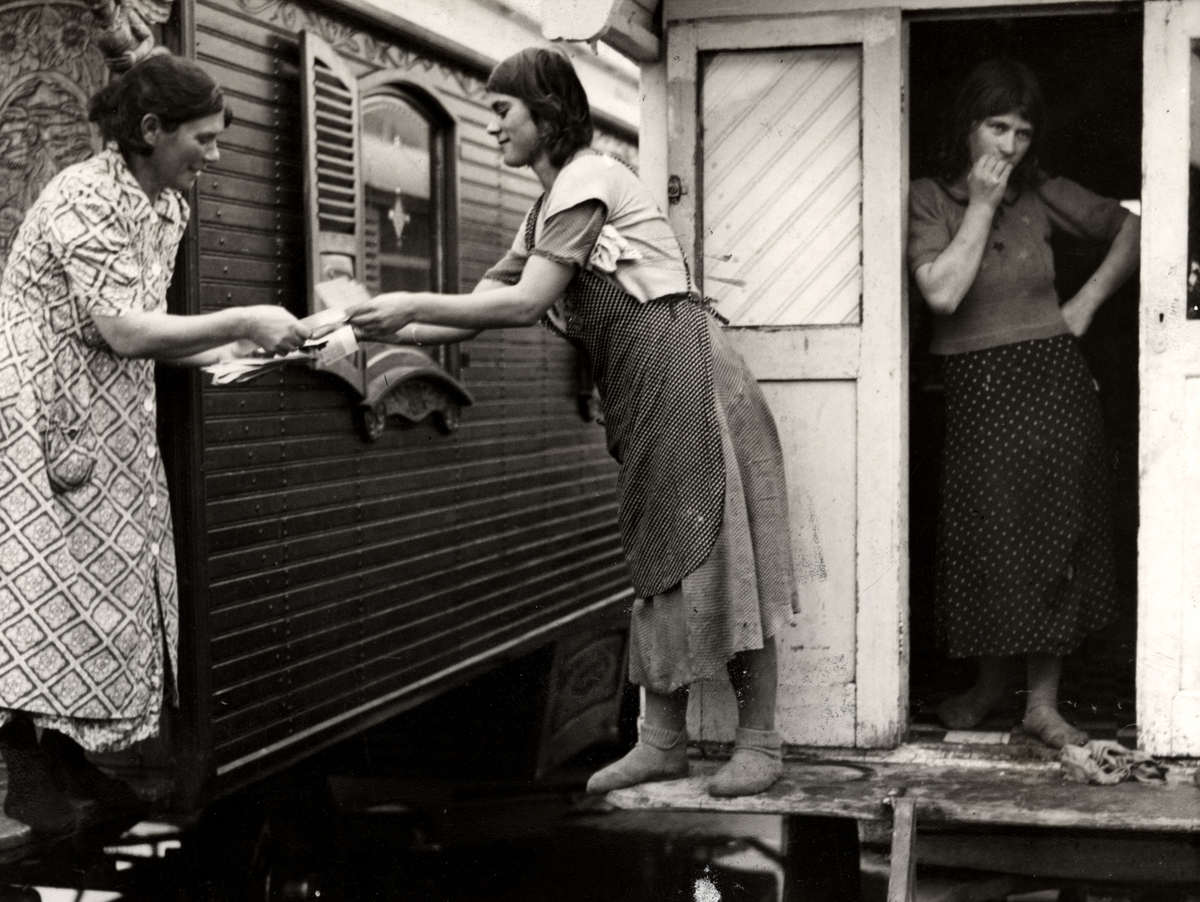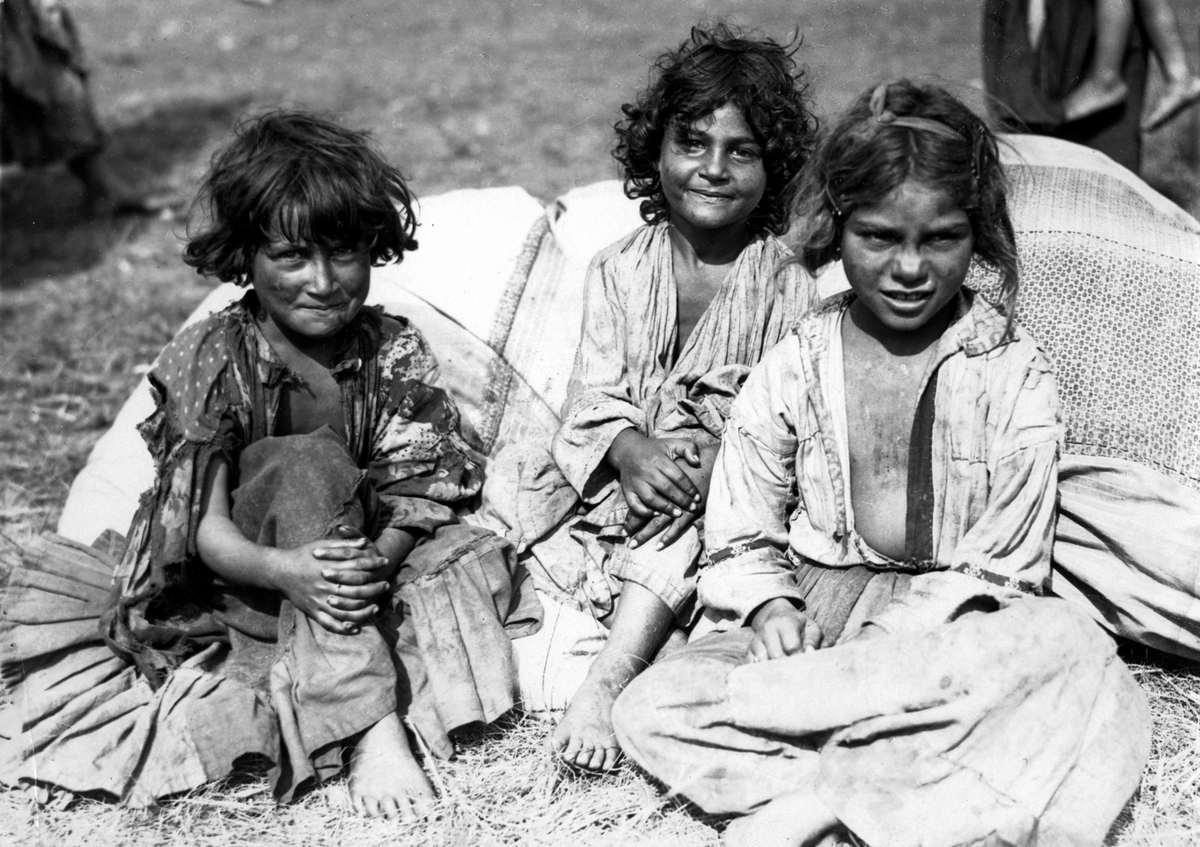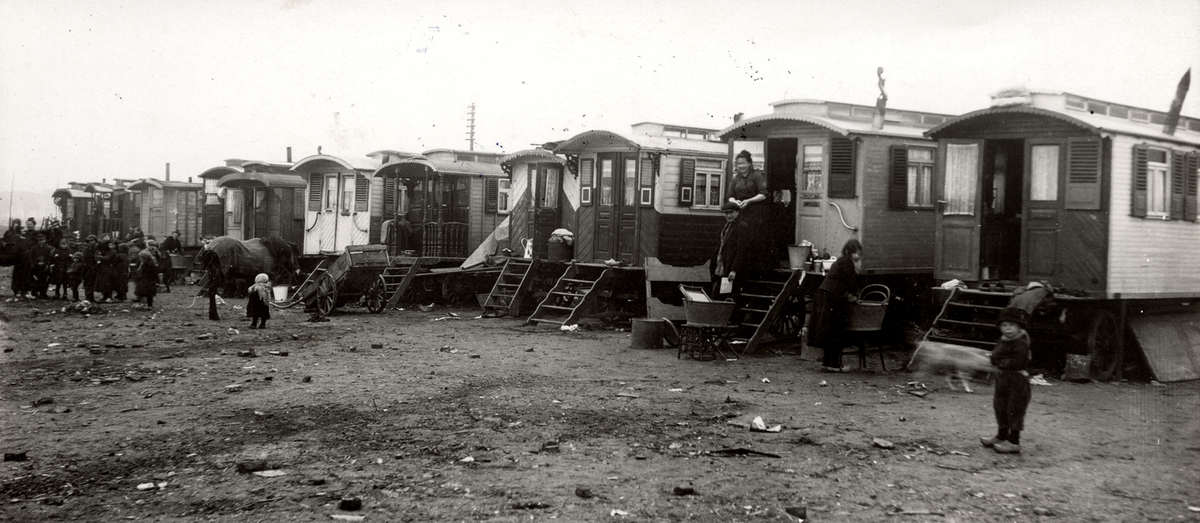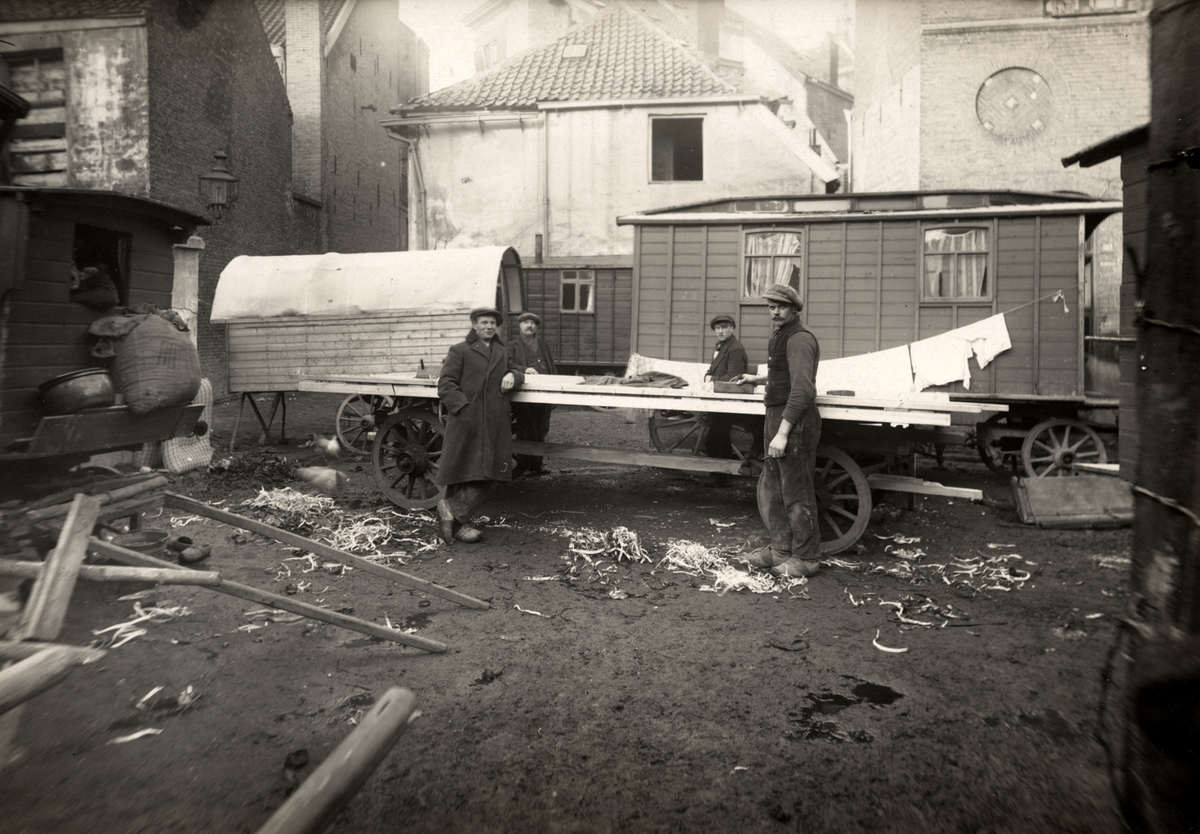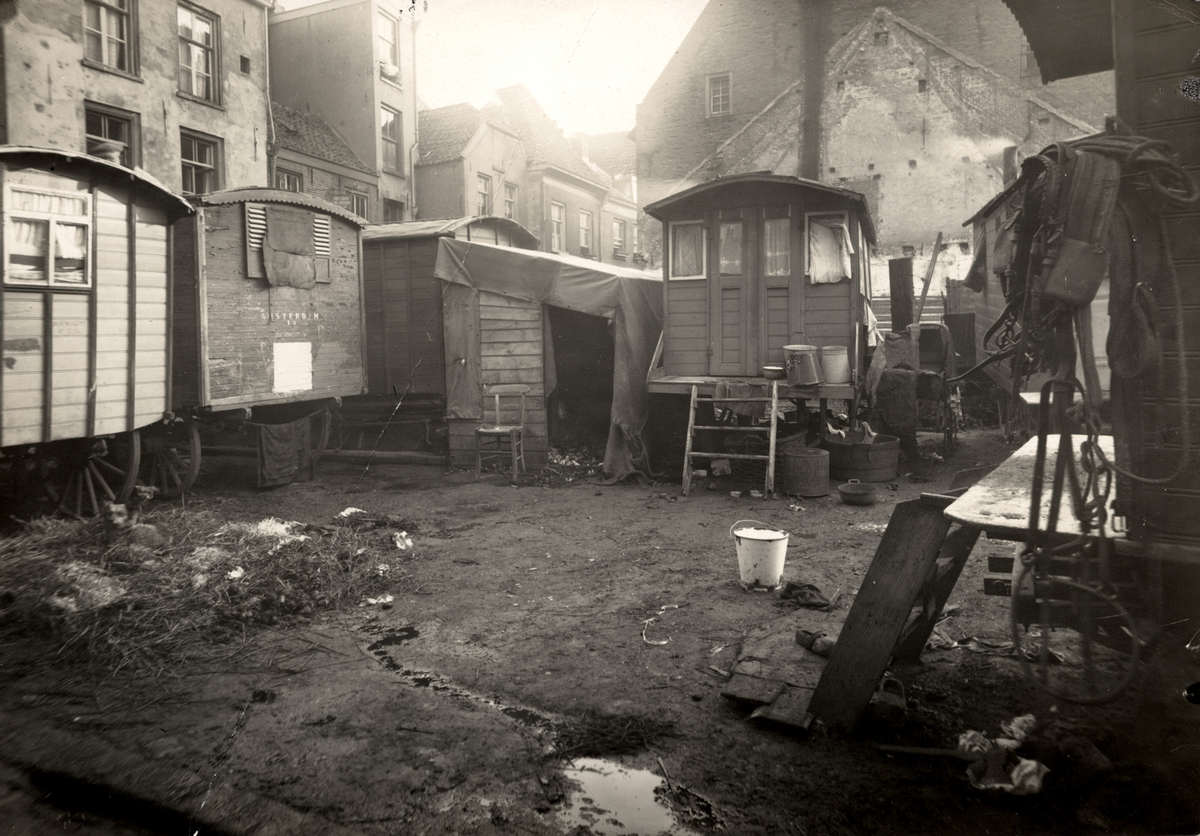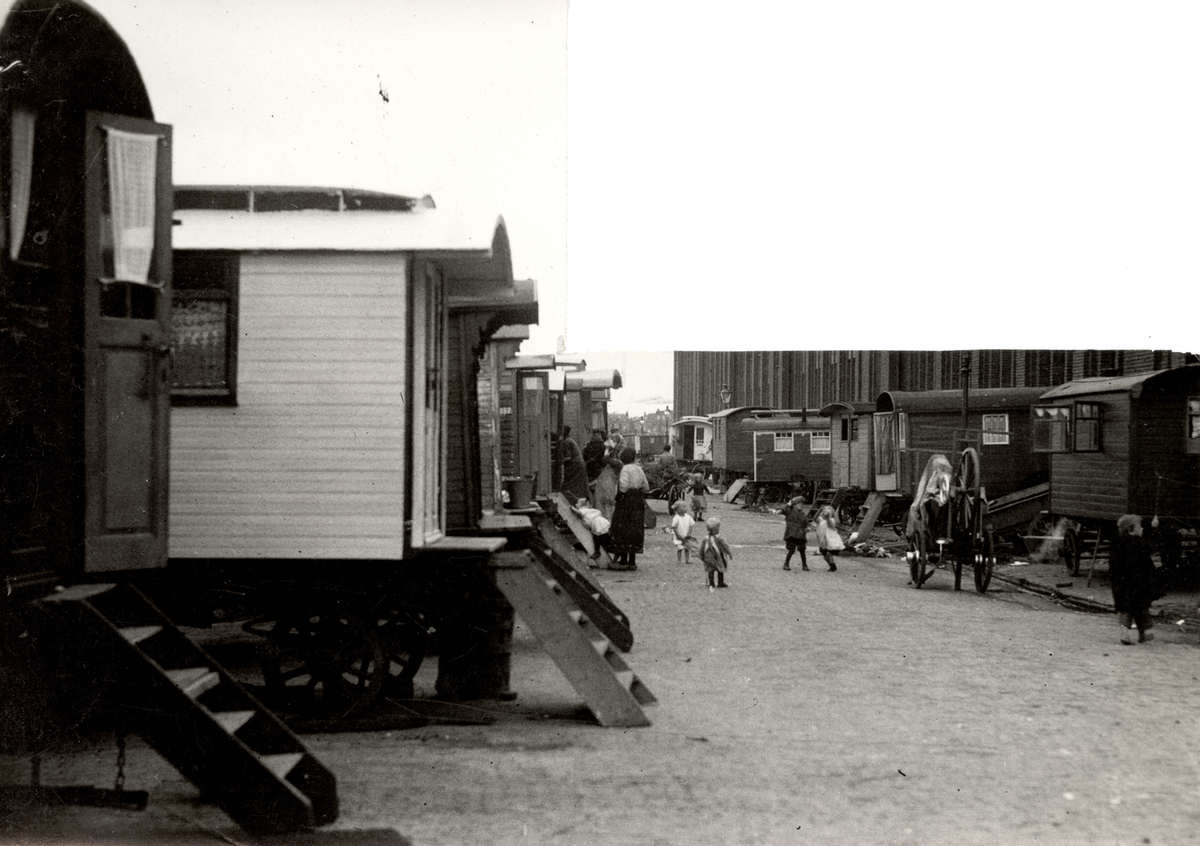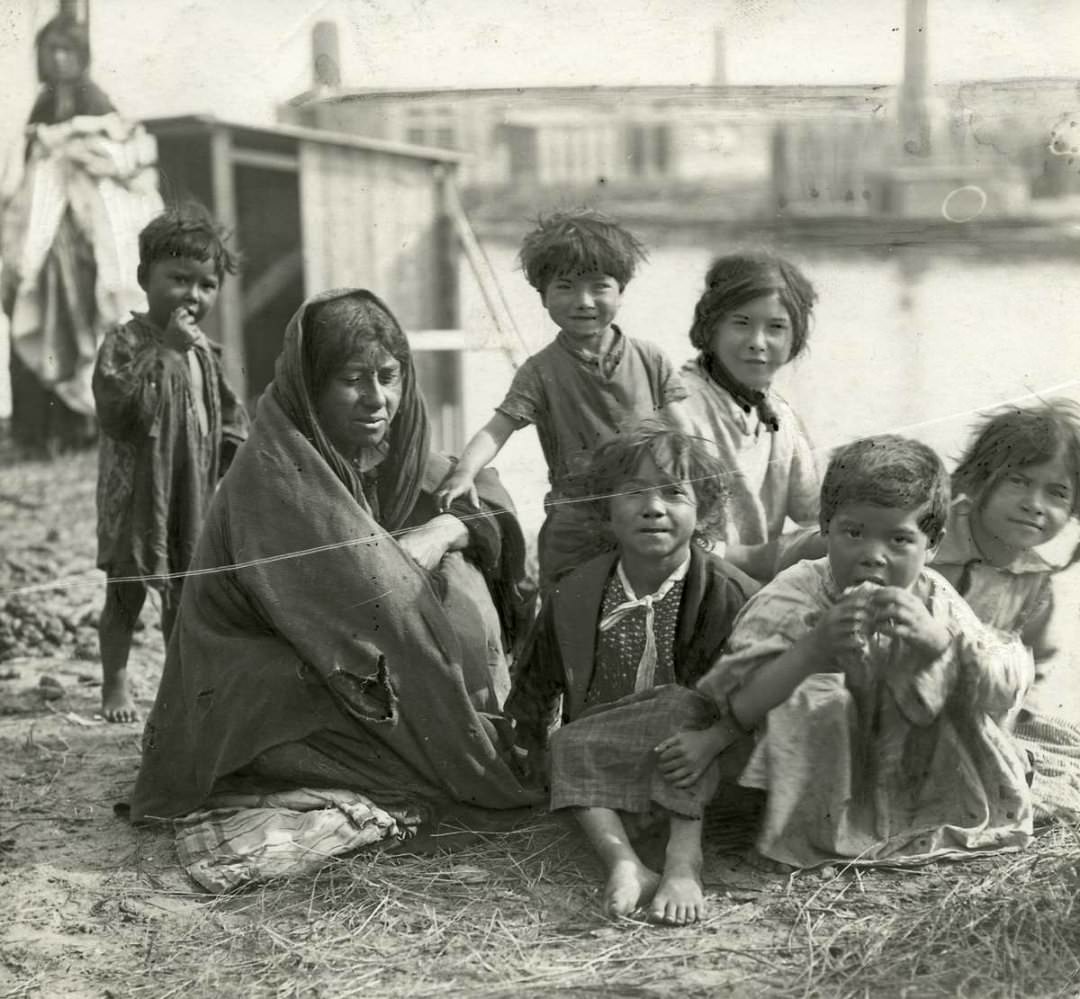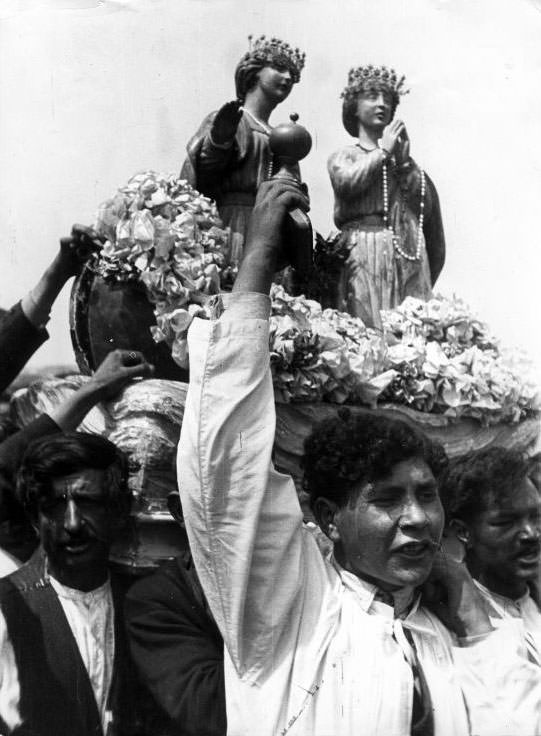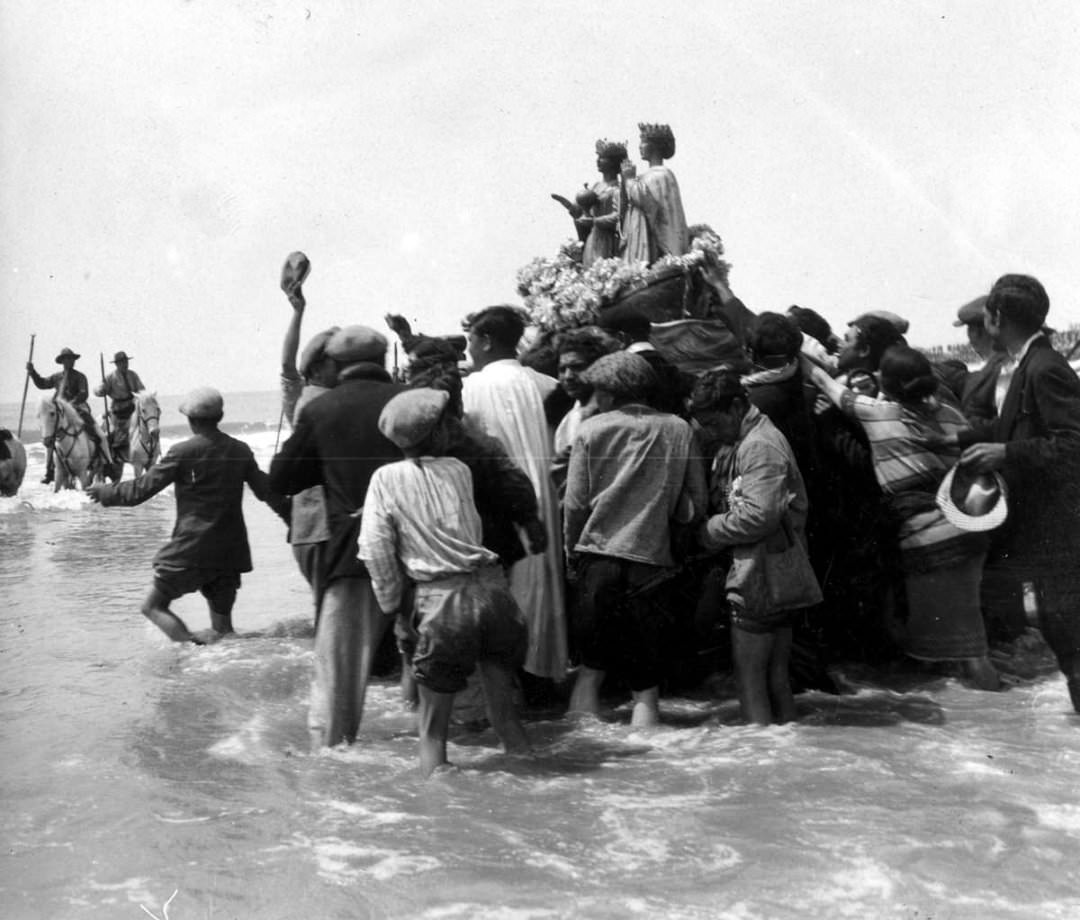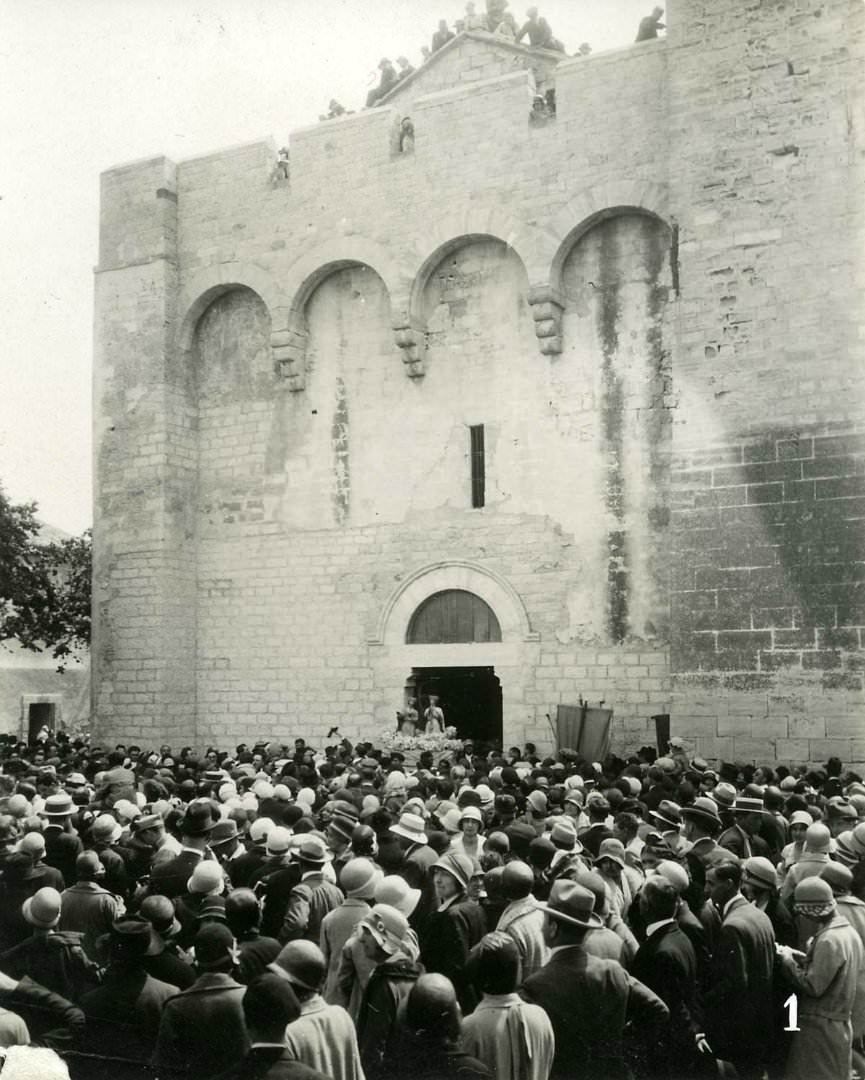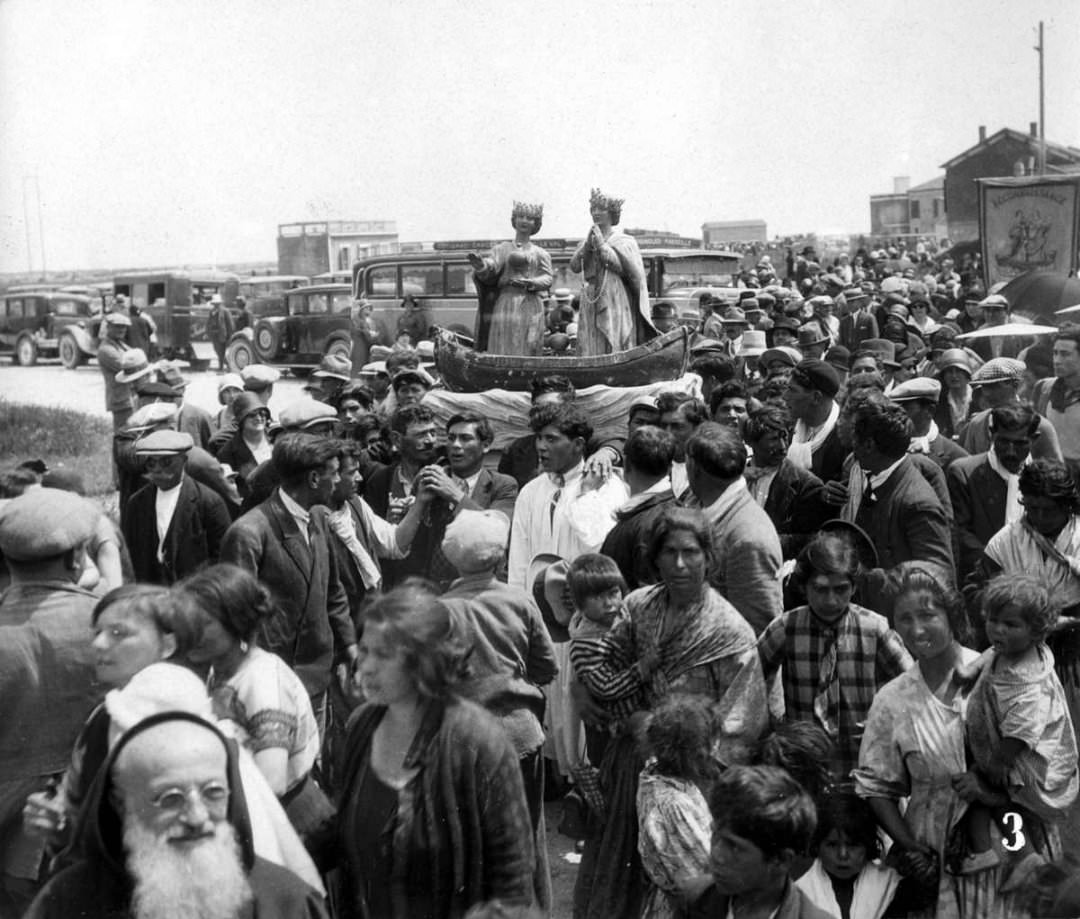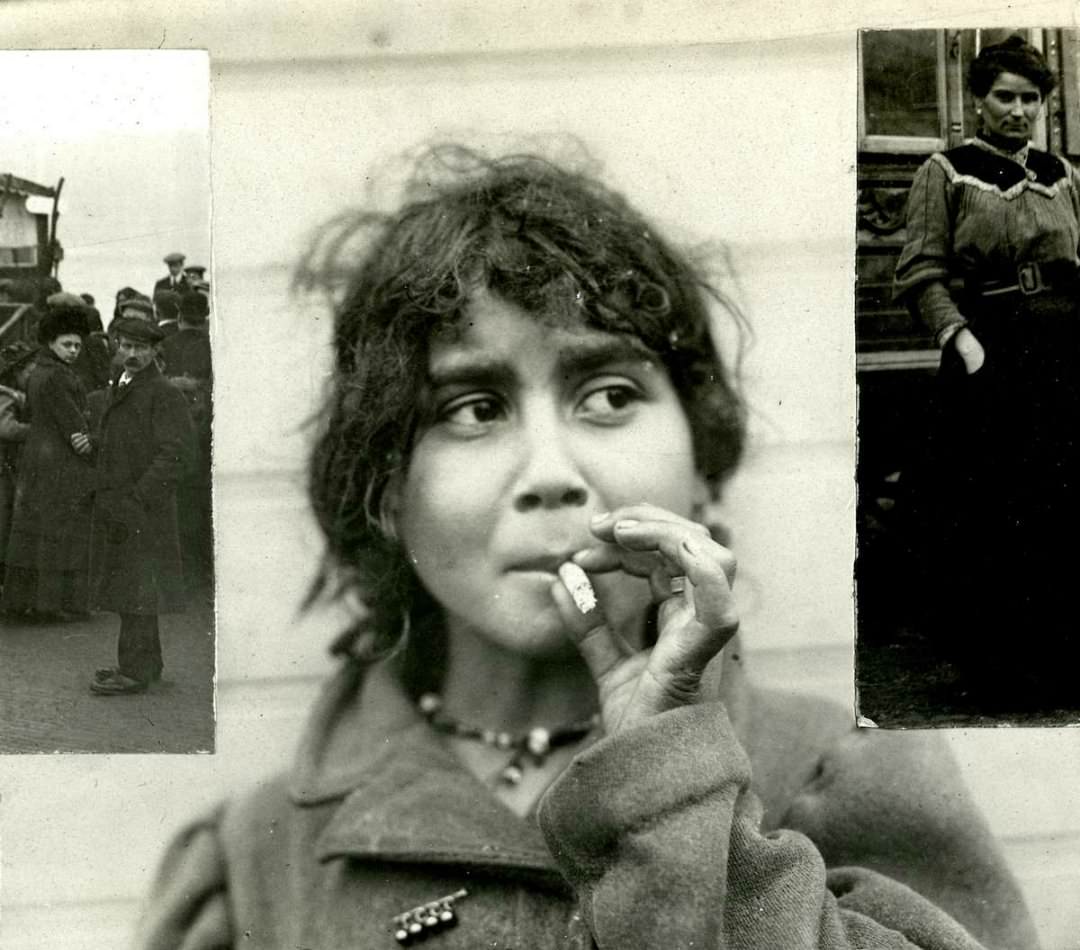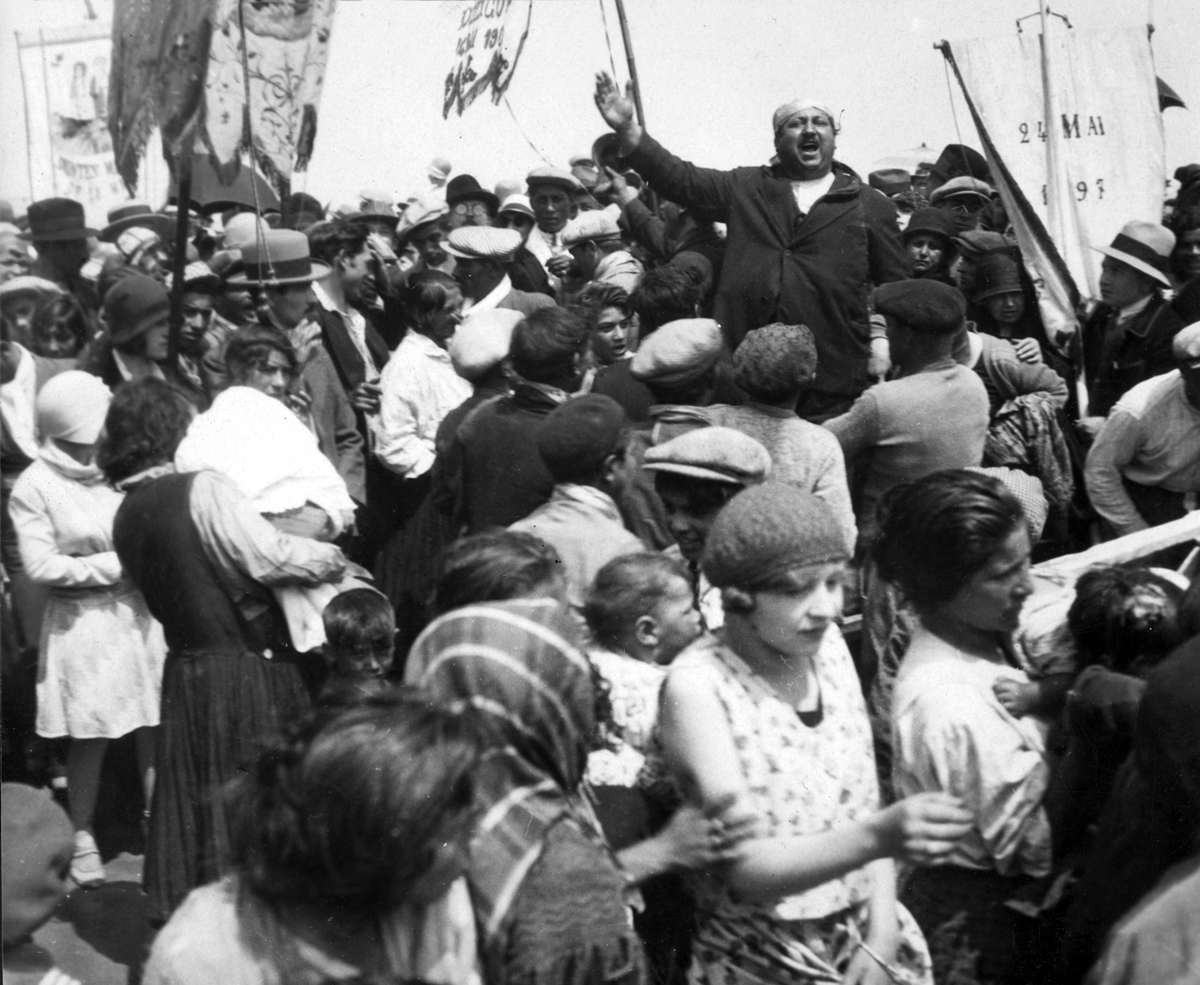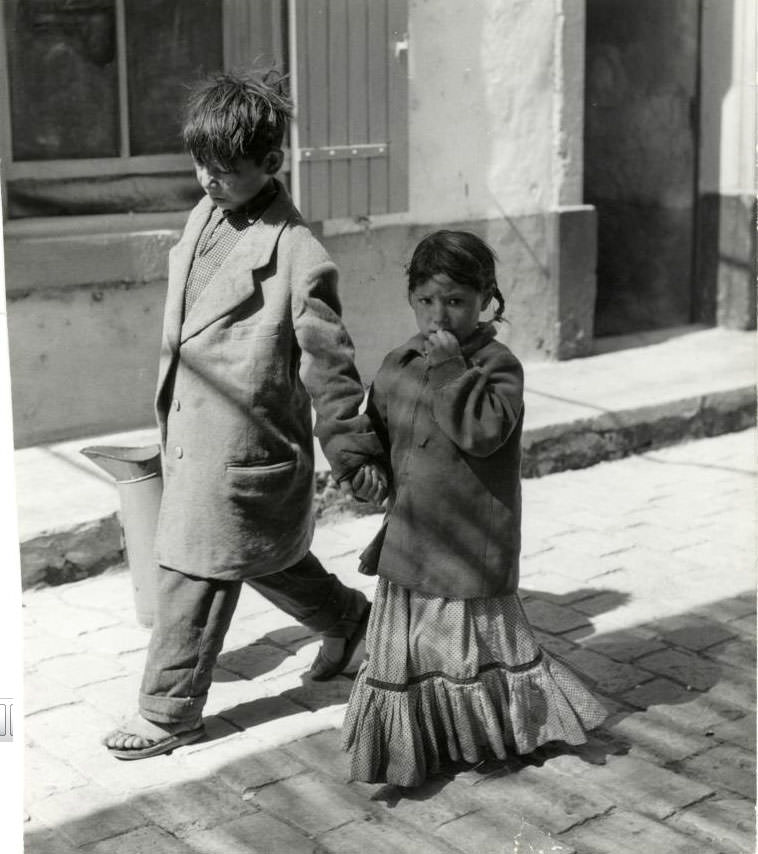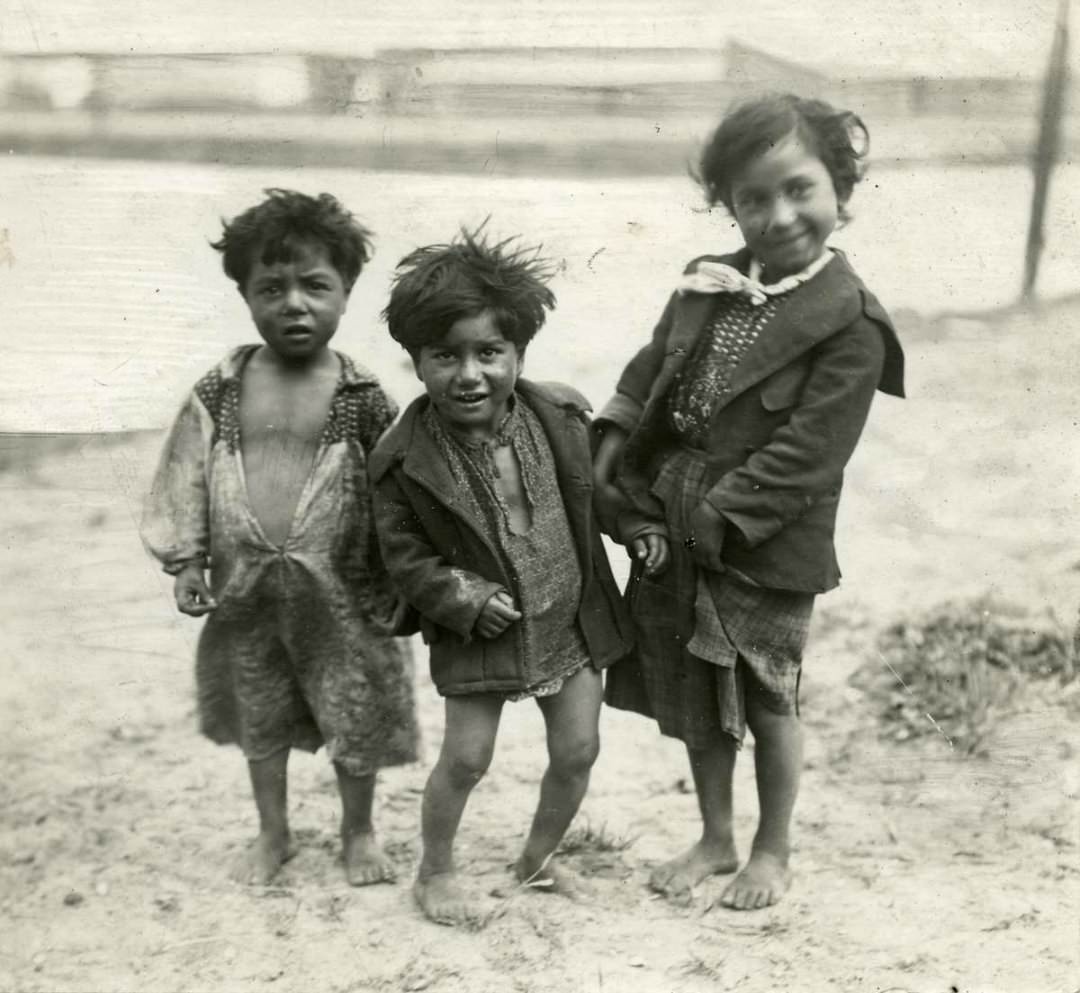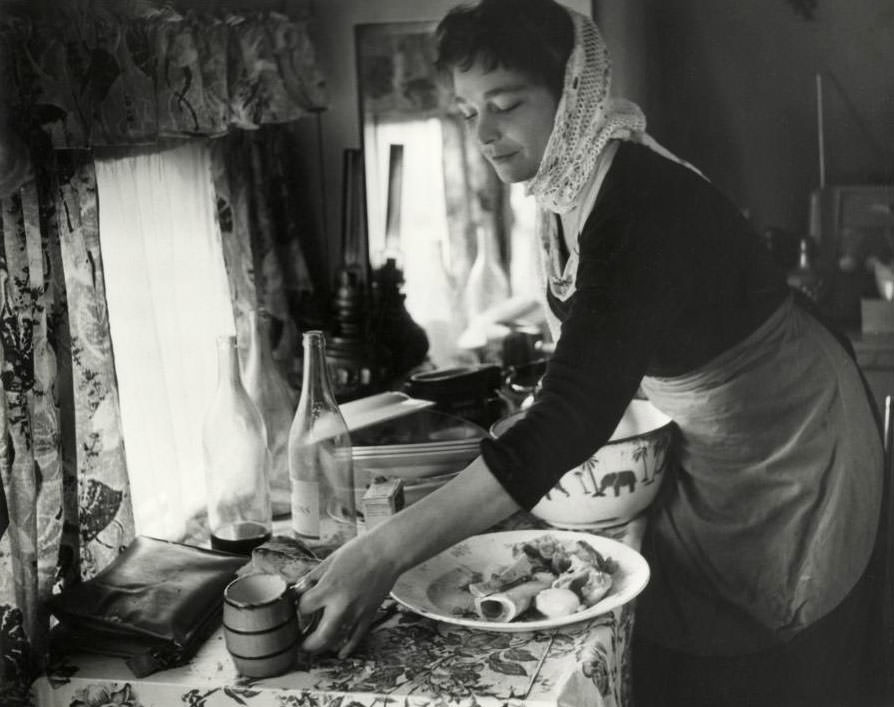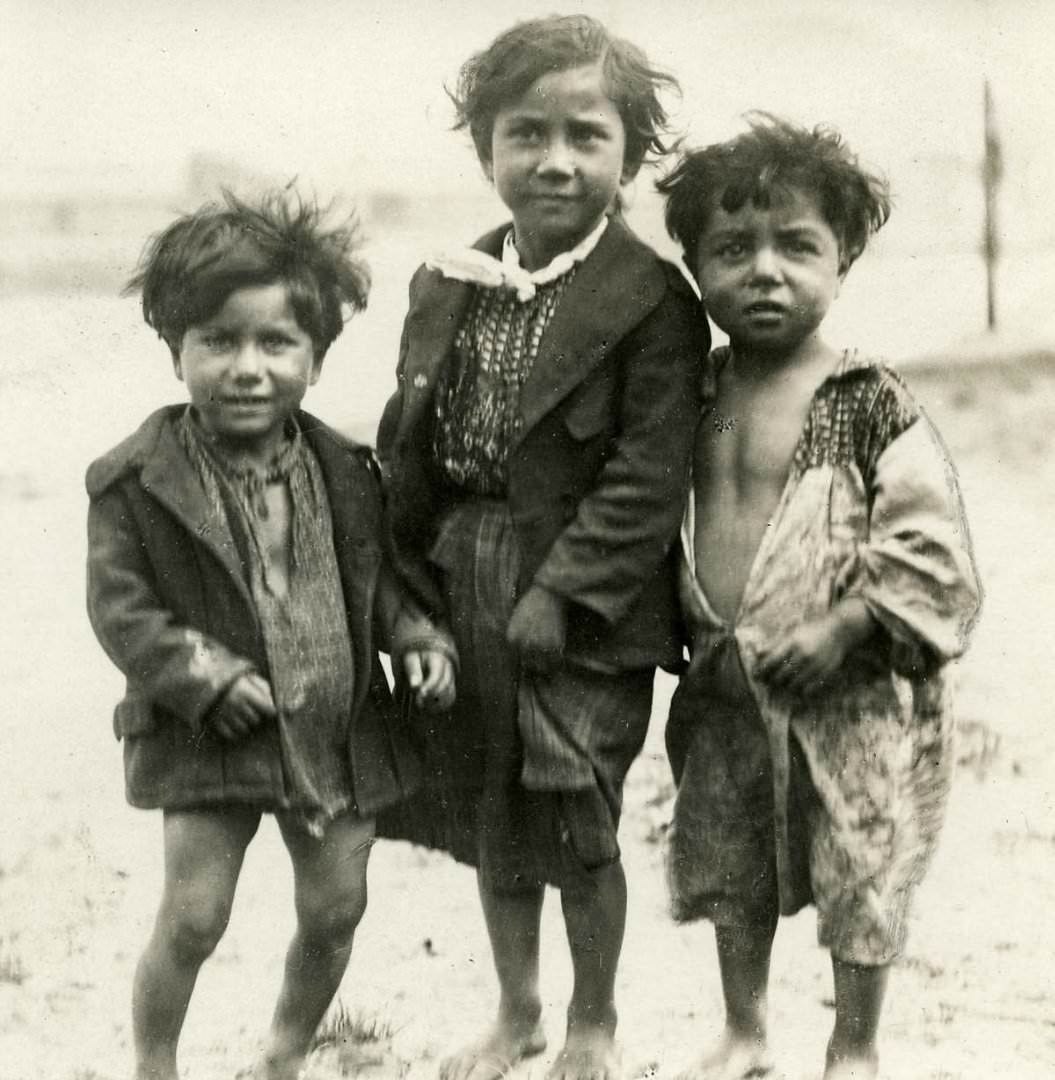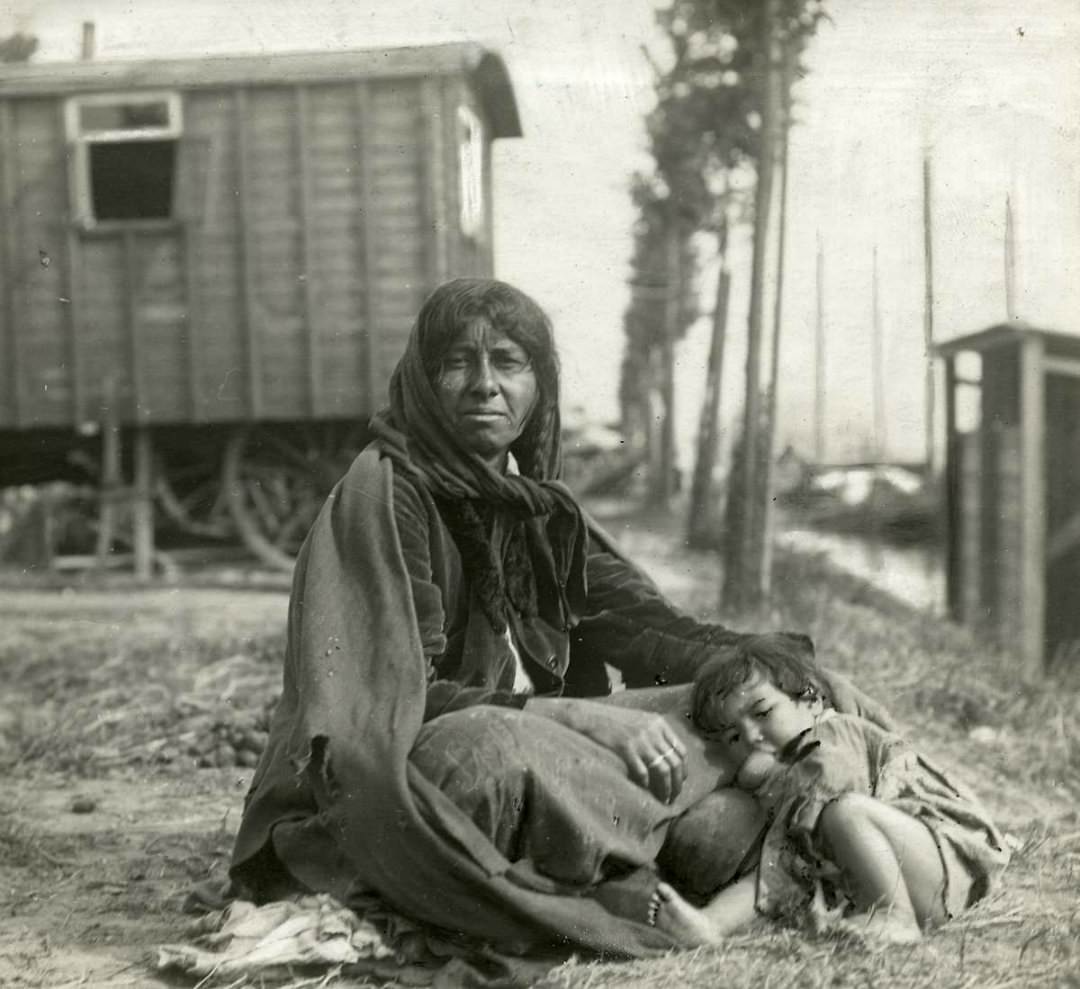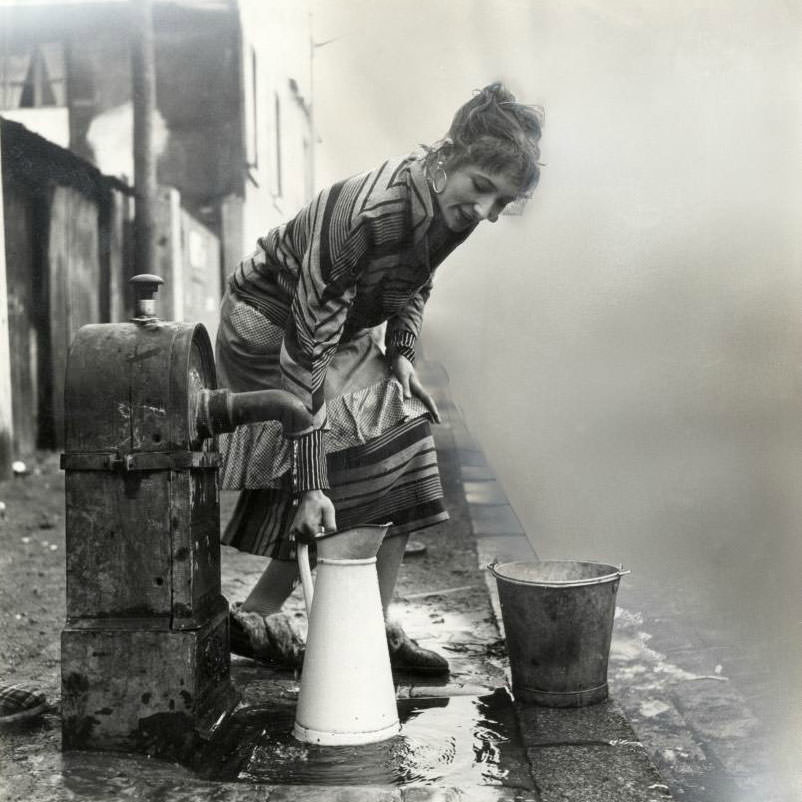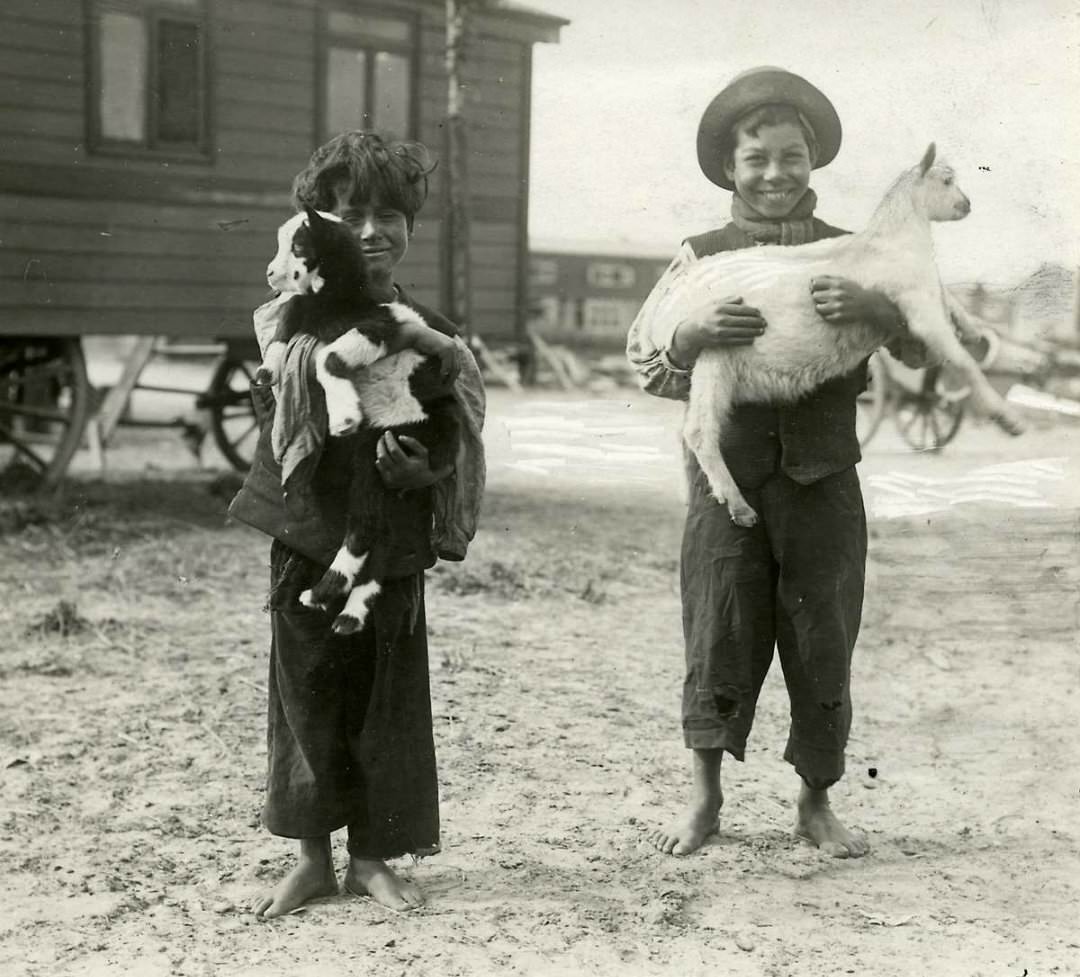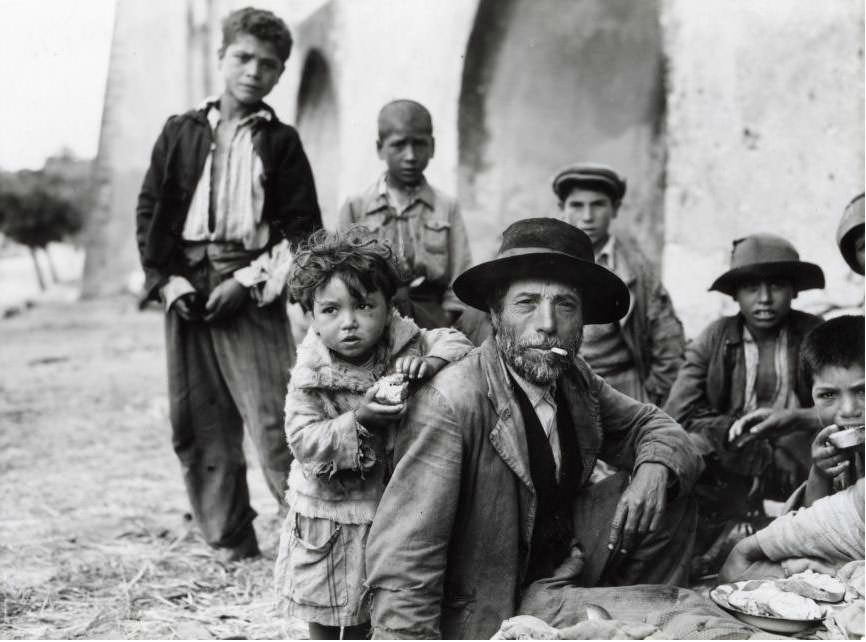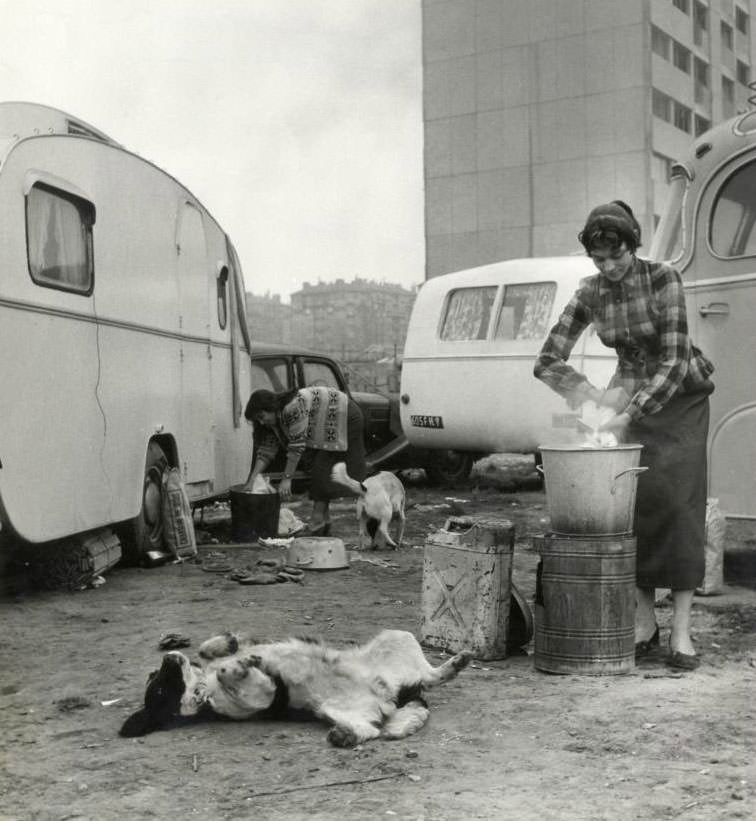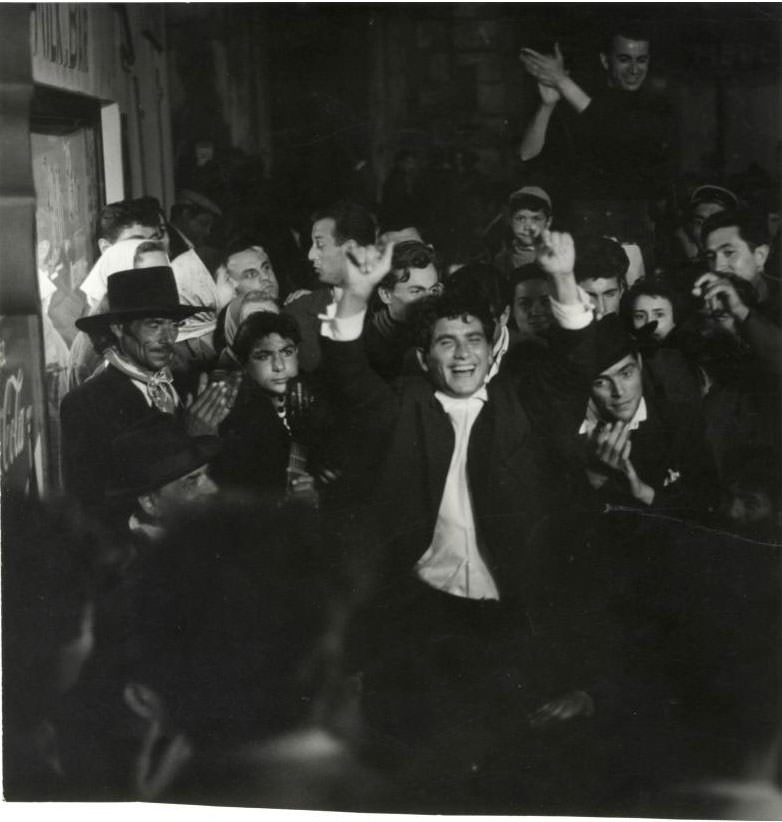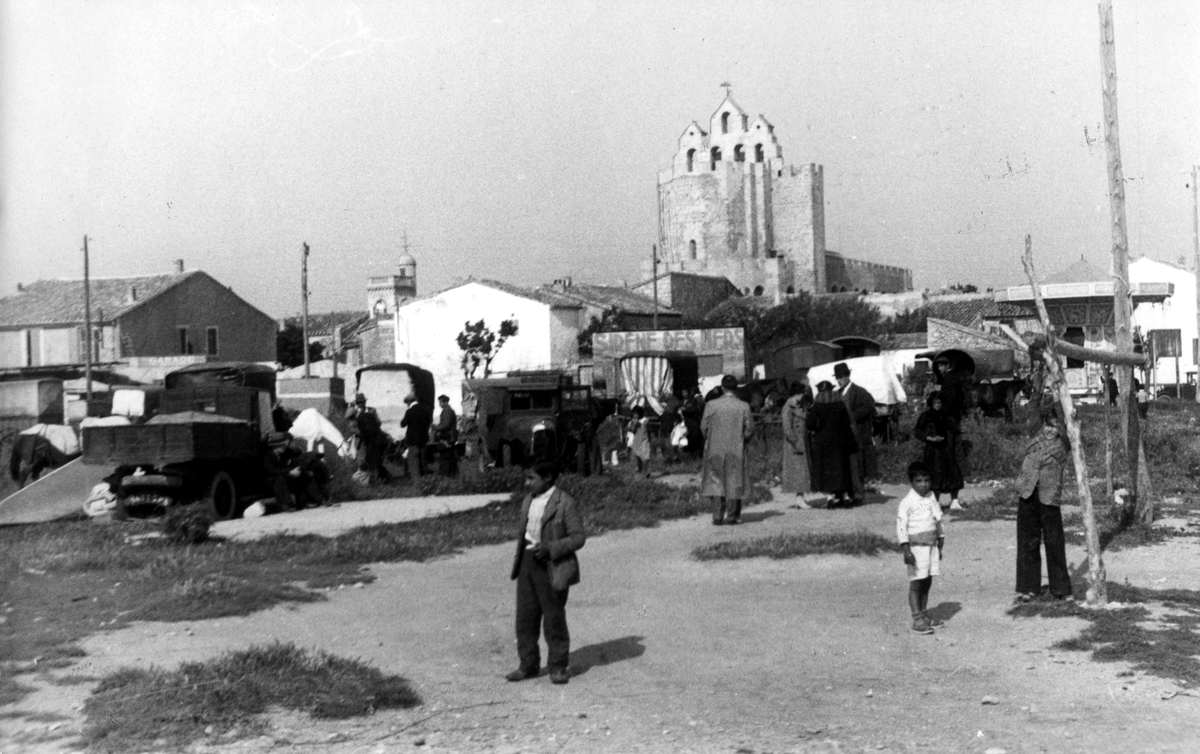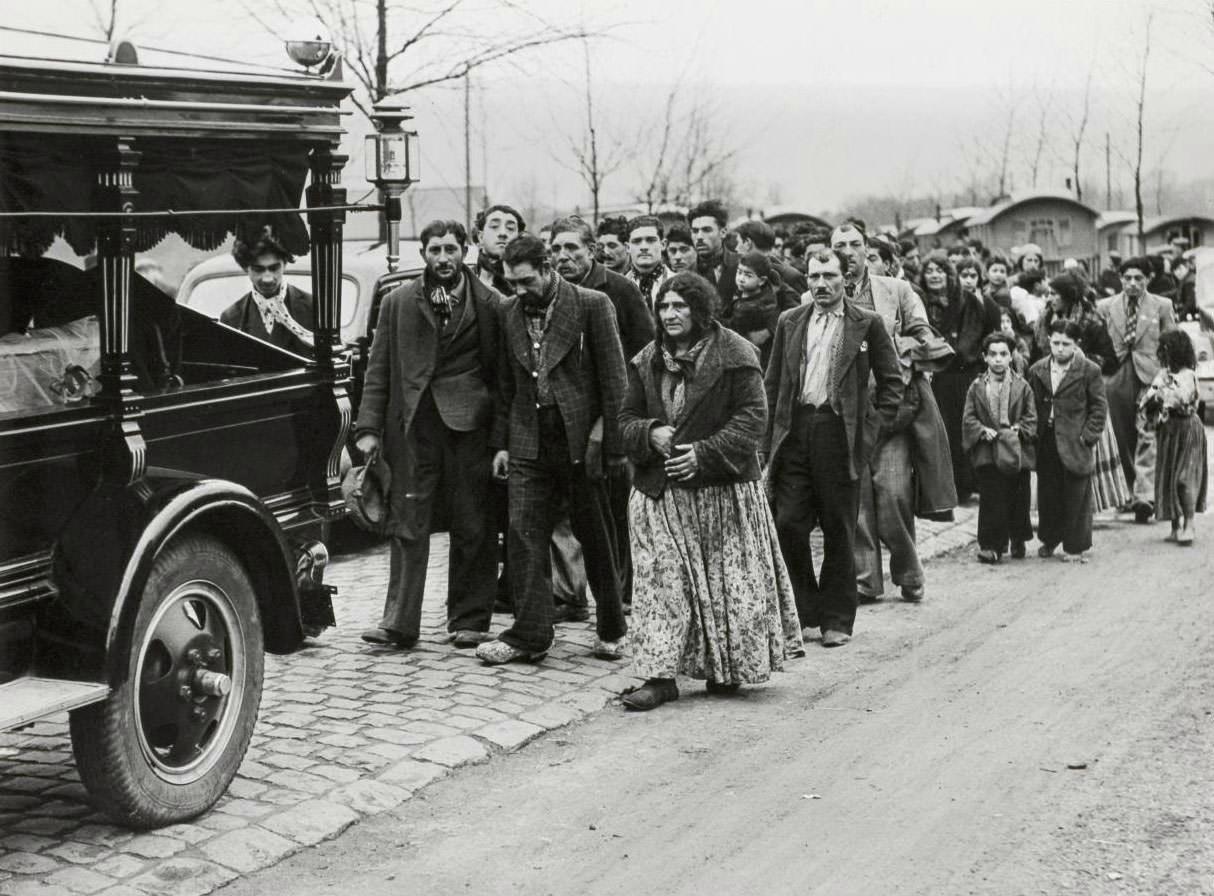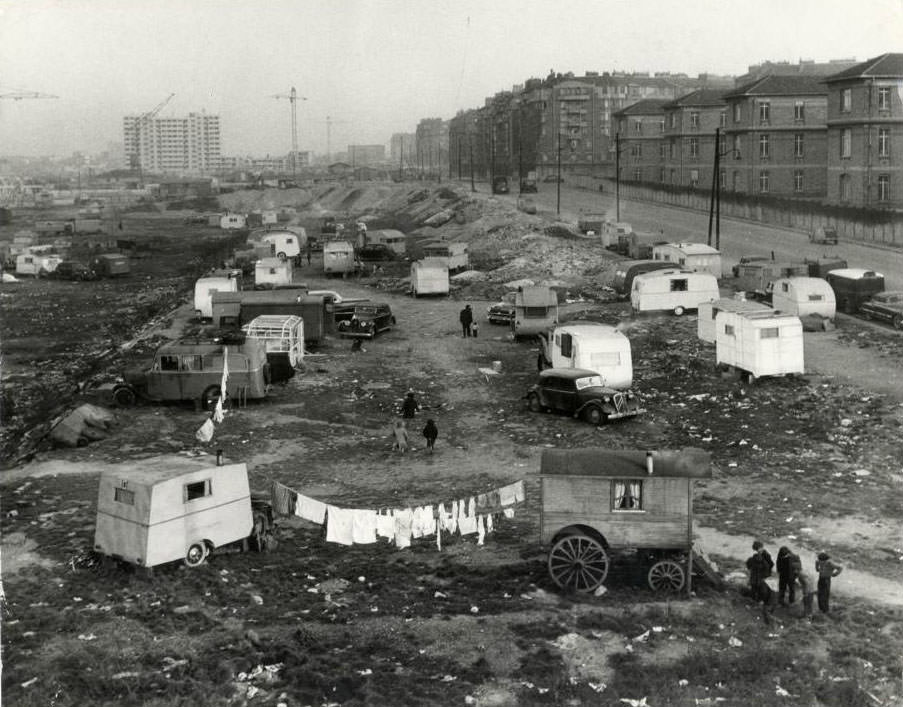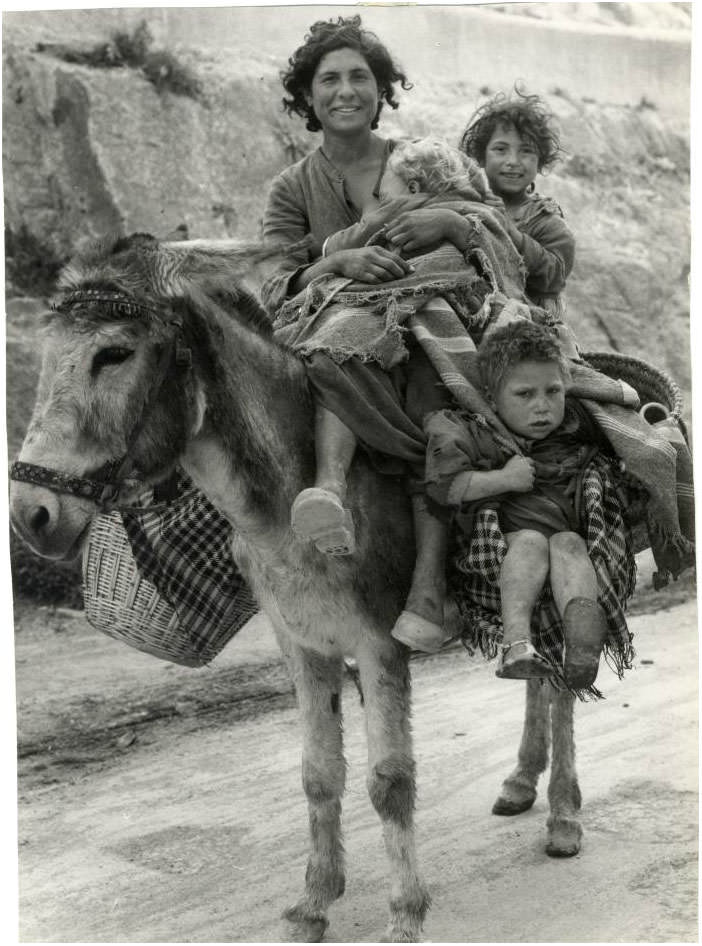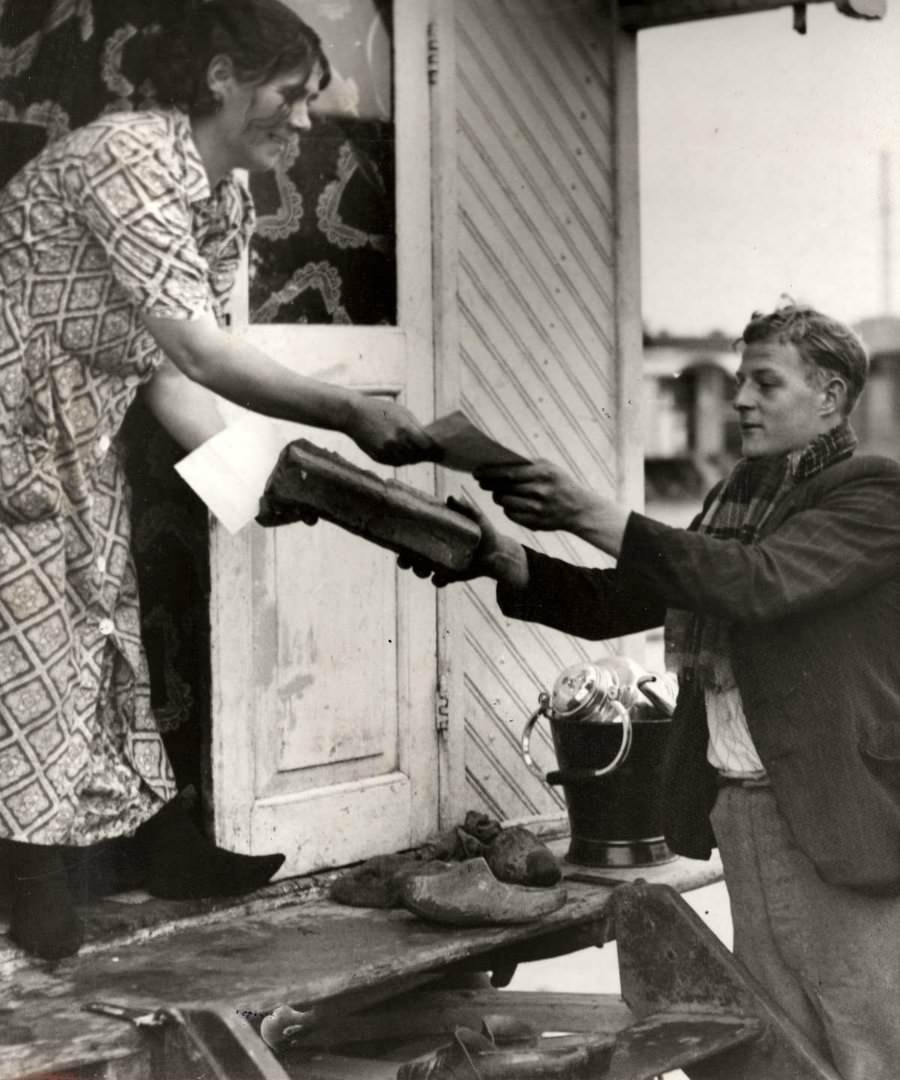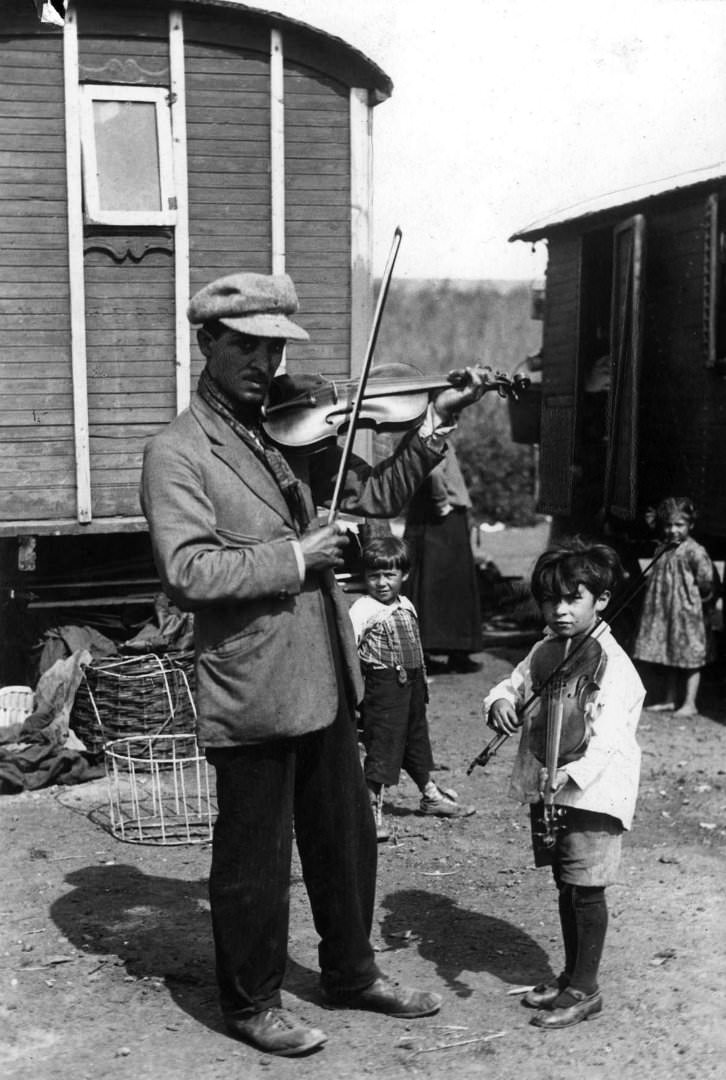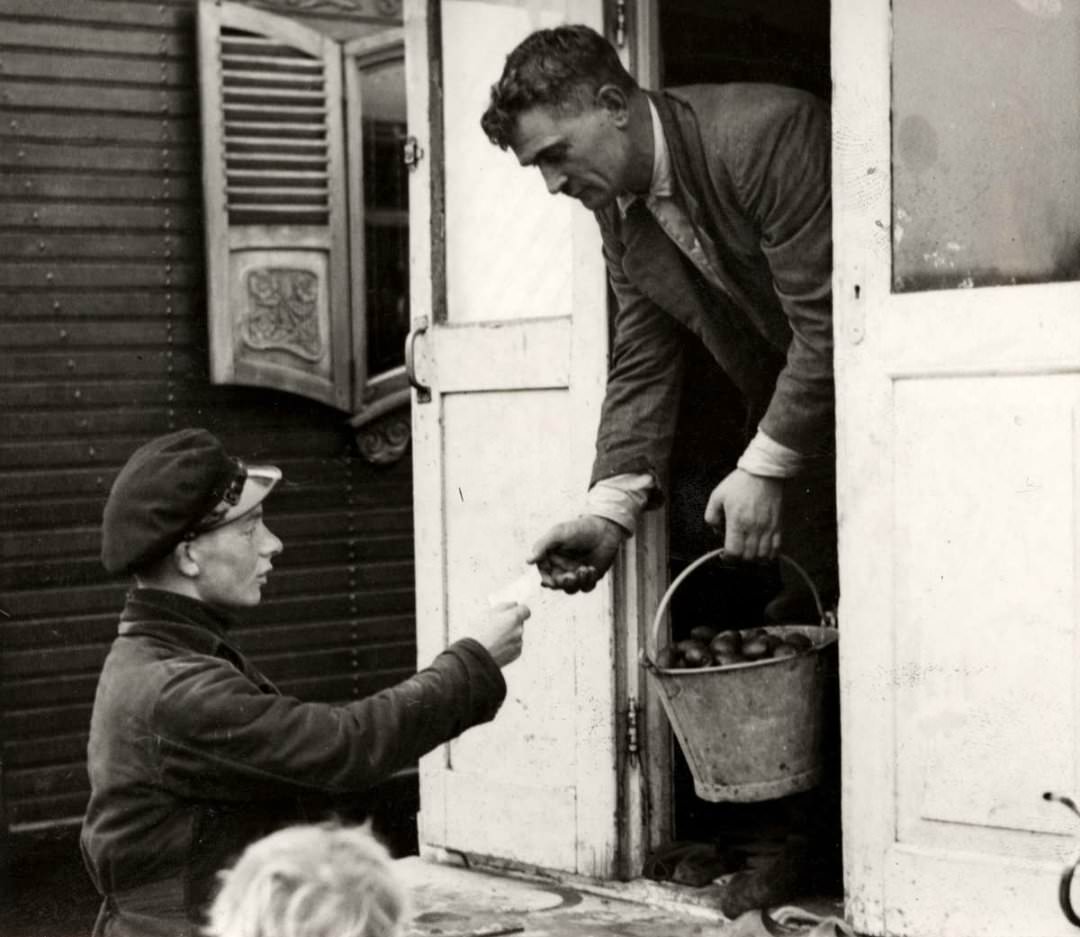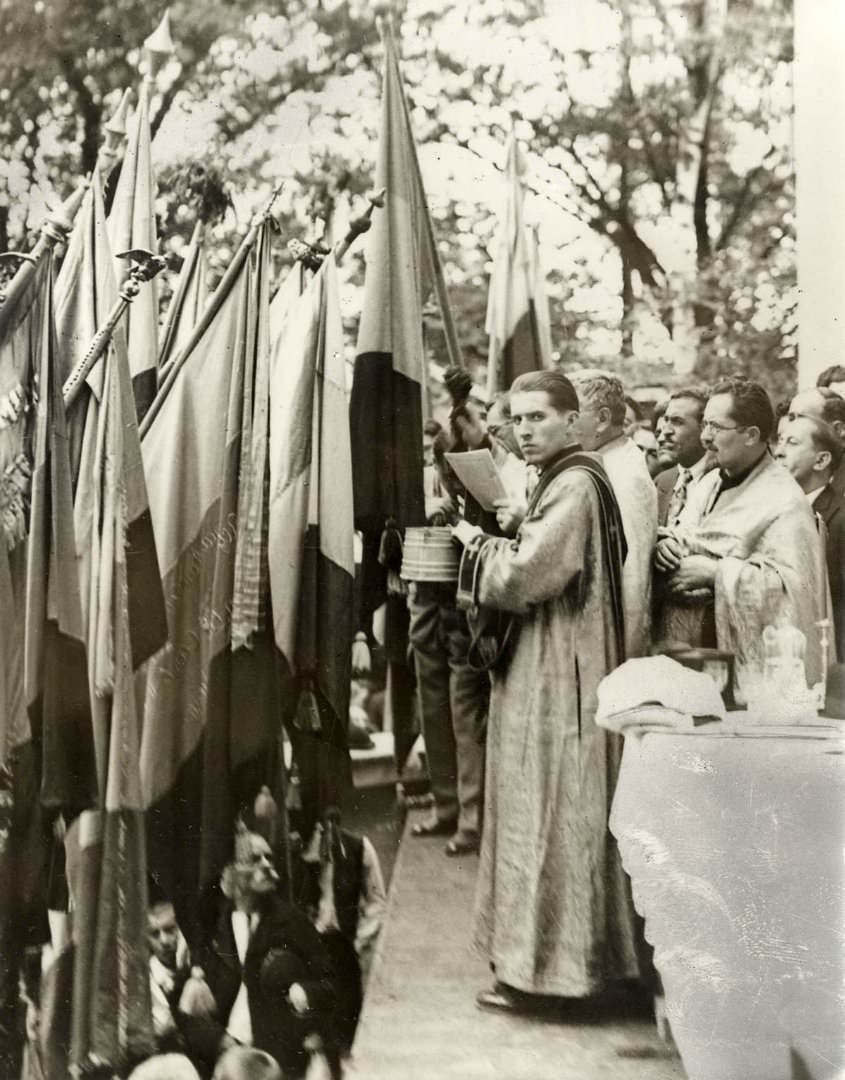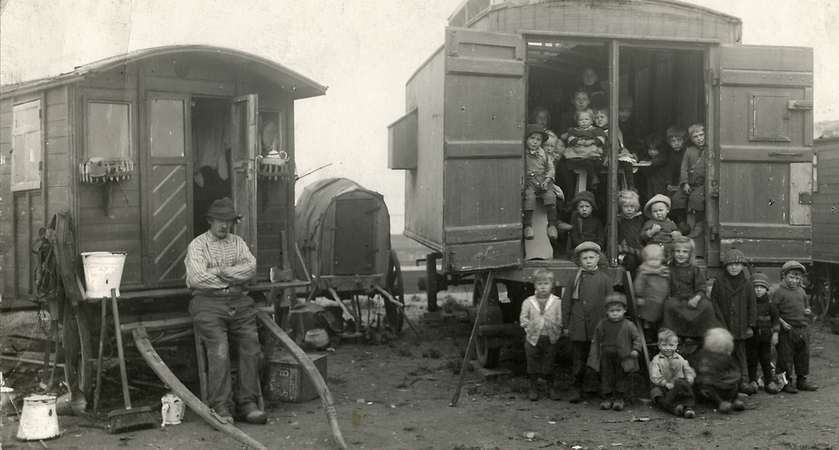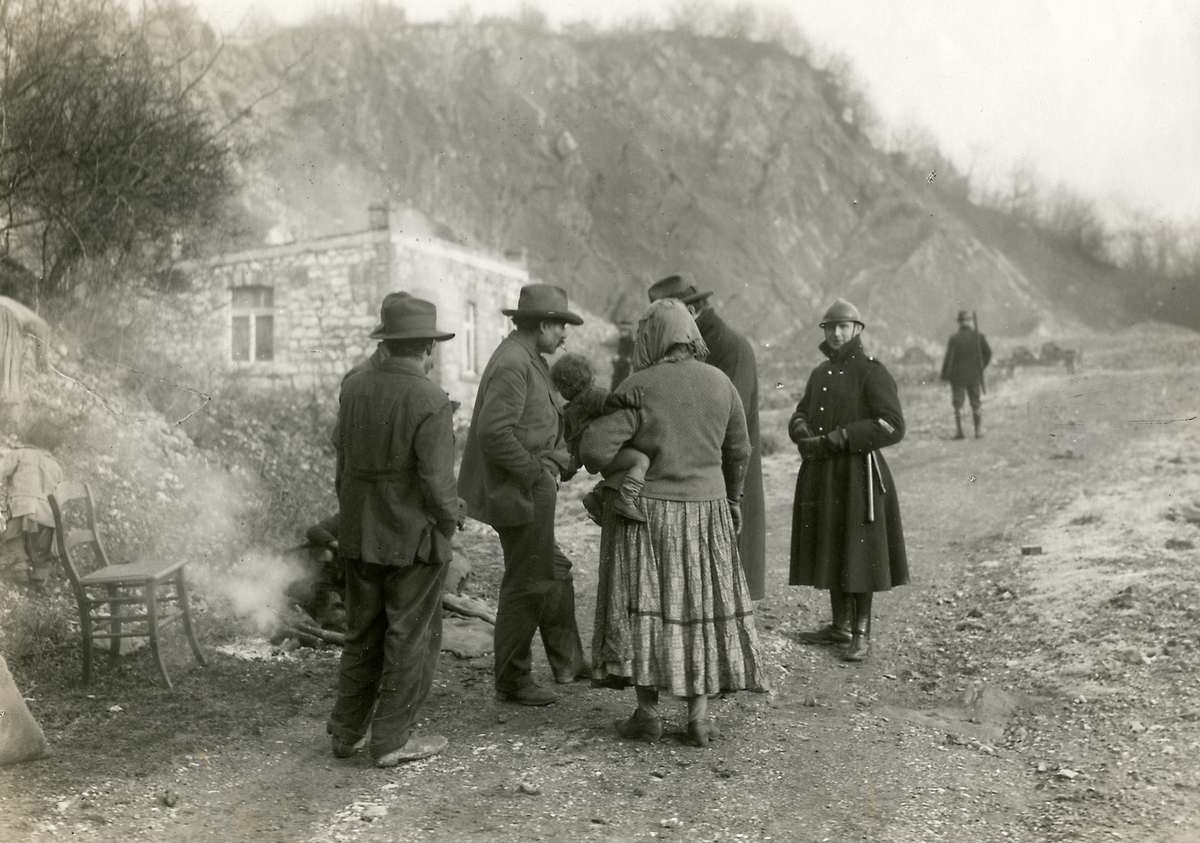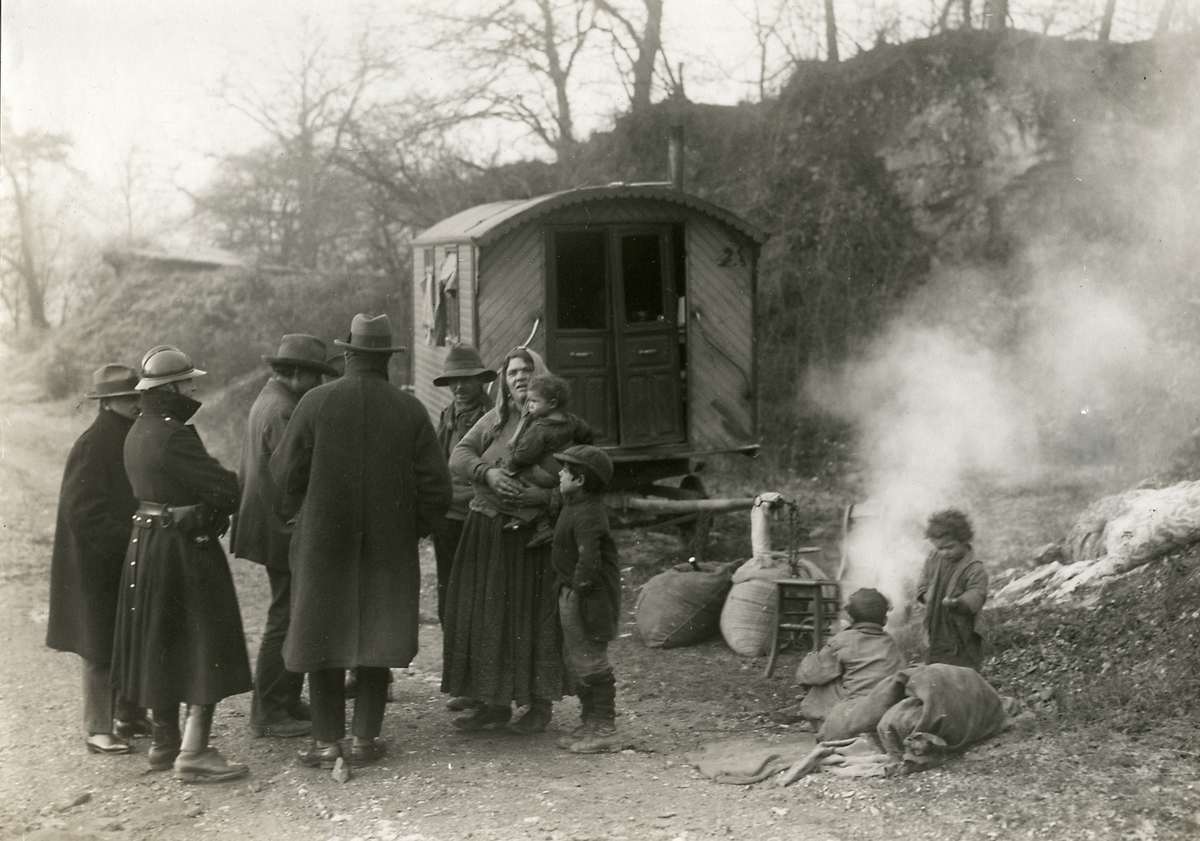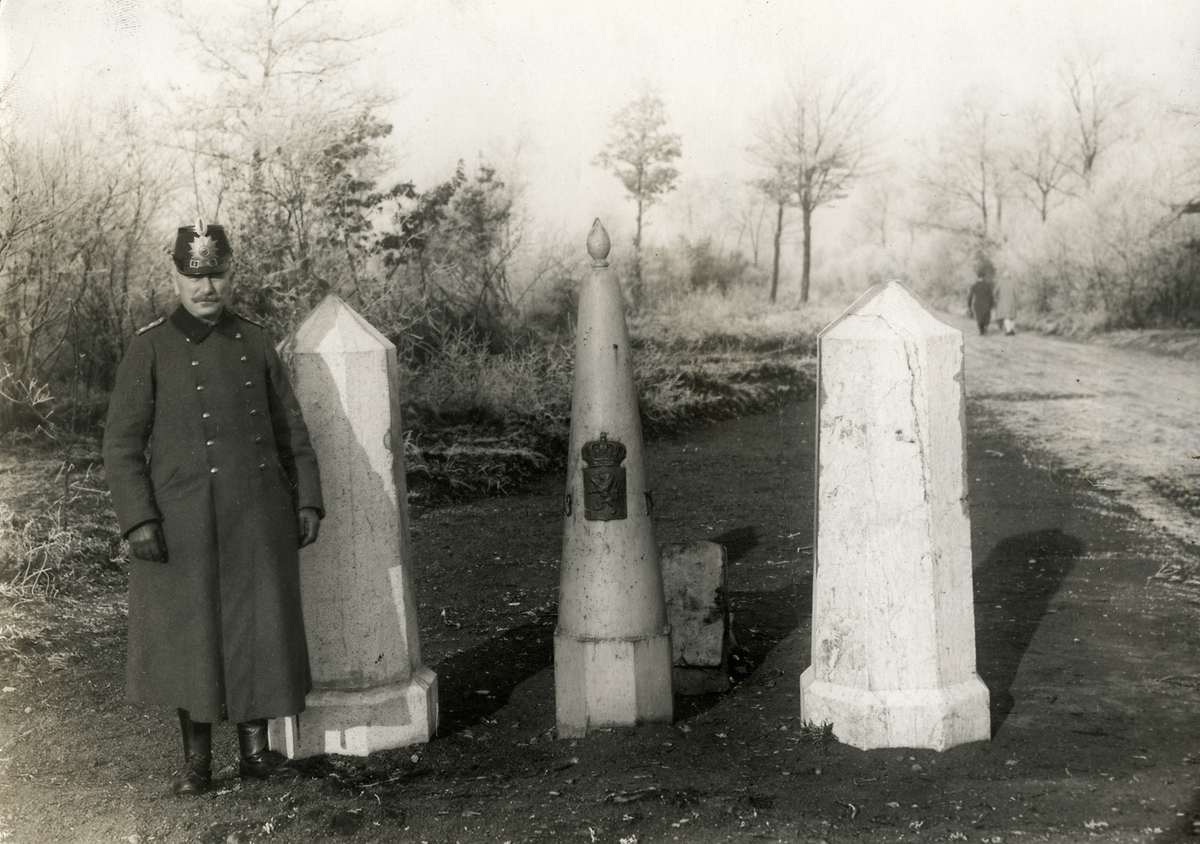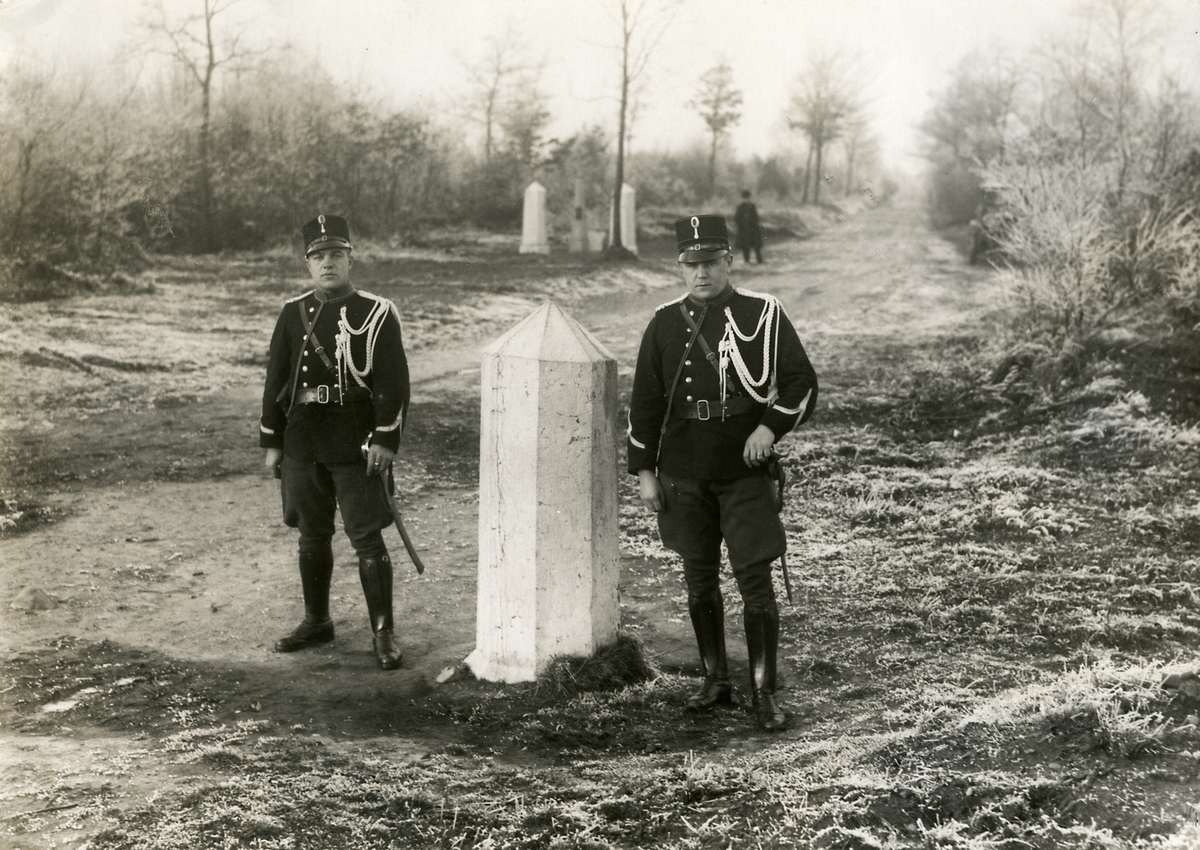When we think of Romani people, often called “Gypsies,” images of brightly colored caravans traveling through Eastern Europe might come to mind. However, photographer Paul Almásy captured a different side of Romani life in his striking images from Western Europe between the 1930s and 1960s. These photos challenge our assumptions and reveal a complex reality that goes beyond stereotypes.
Almásy’s photographs show us that Romani communities existed throughout Western Europe, including the Netherlands, France, and Germany. While some groups did travel in caravans, many others lived in more settled communities, often on the outskirts of towns and cities. Their homes varied, from traditional wagons and tents to more permanent structures like houses and shacks.
Life was undoubtedly challenging for many Romani people during this period. Discrimination and prejudice were widespread, limiting their opportunities for education and employment. Many faced poverty and social exclusion, forced to live on the margins of society. Almásy’s photos don’t shy away from depicting these hardships. We see families struggling to make ends meet, children playing in impoverished surroundings, and faces etched with the marks of hardship.
The photos also highlight the diversity within Romani communities. Clothing styles, occupations, and living conditions varied depending on the specific group and their location. Some individuals are depicted in traditional Romani attire, while others wear clothing that blends in with the broader society. This diversity challenges the notion of a single “Gypsy” identity and reminds us that Romani people were individuals with unique stories and experiences.


